The Coalition of Communities of Color would like to thank and appreciate all of the sponsors, donors, and supporters of our 1st Annual Summer Soirée! Through your generosity, we raised over $50,000 and helped us reach our goal!
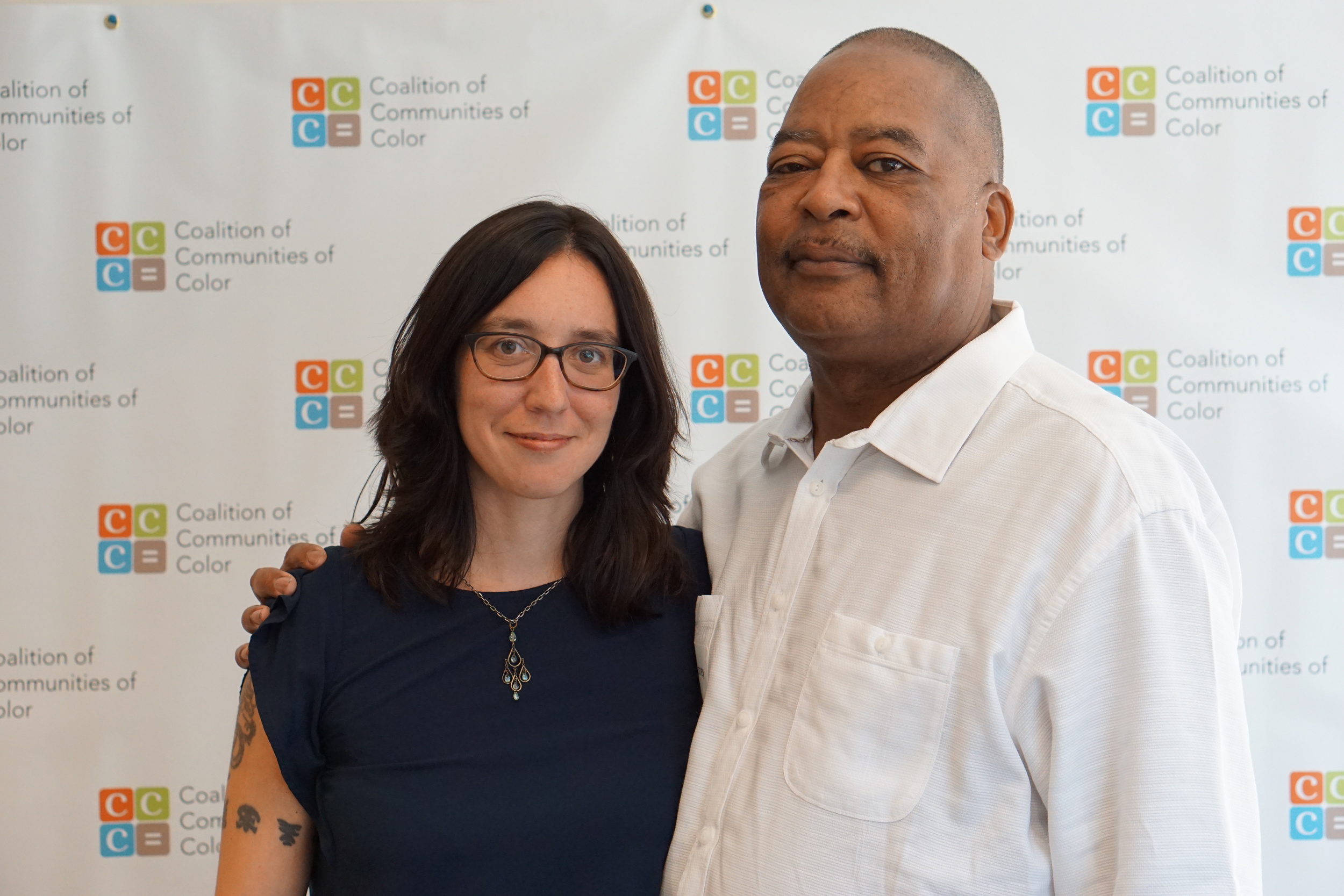
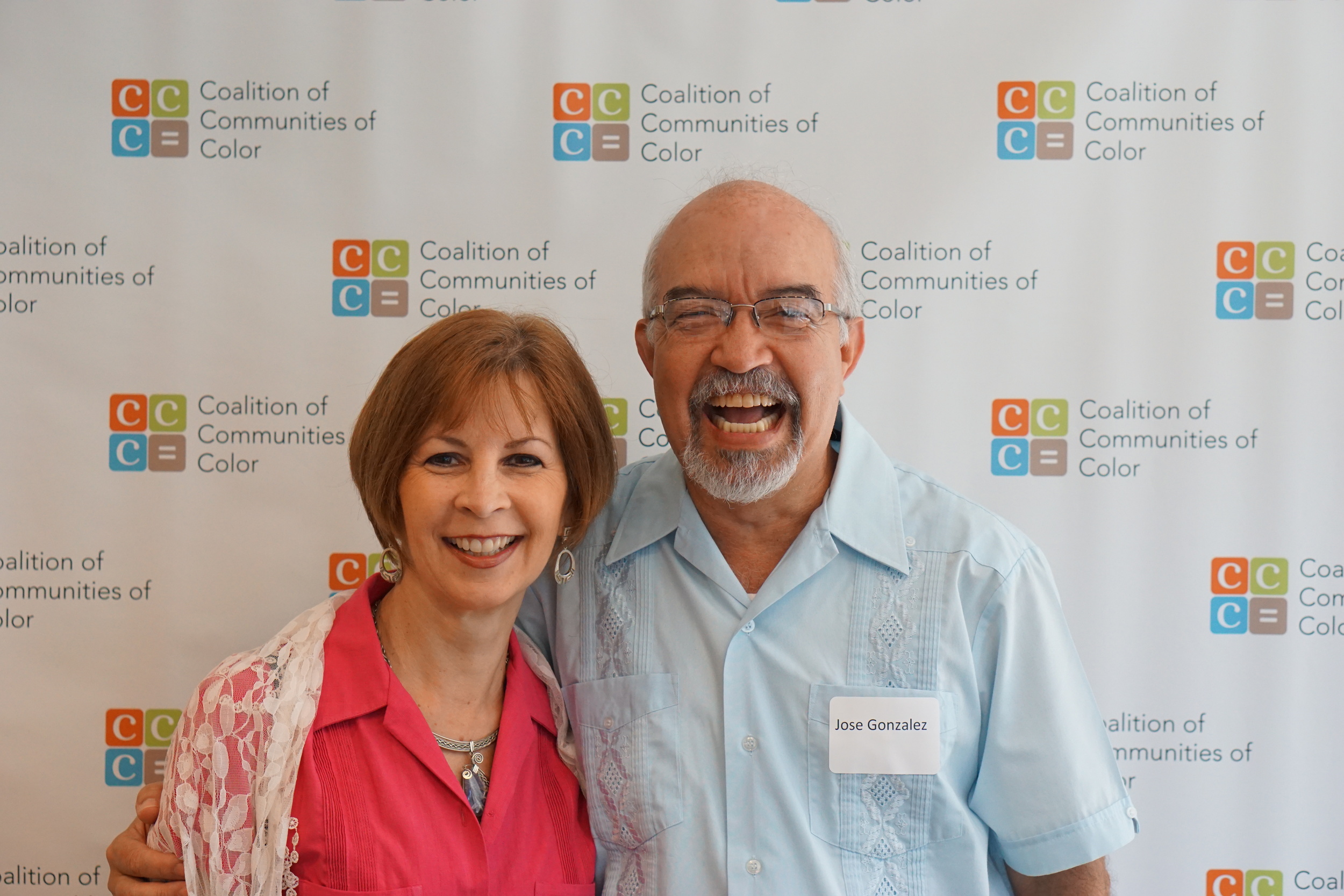


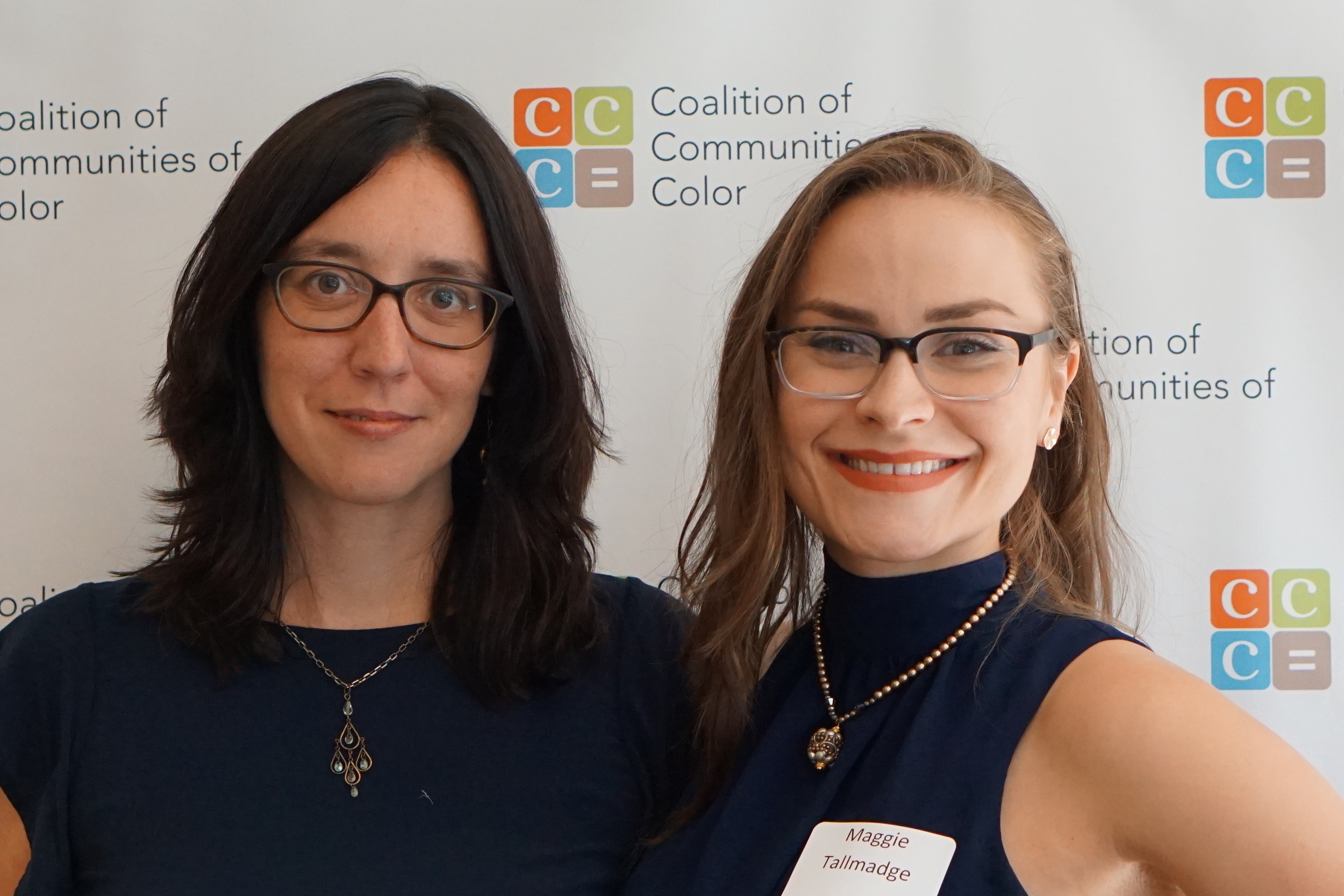

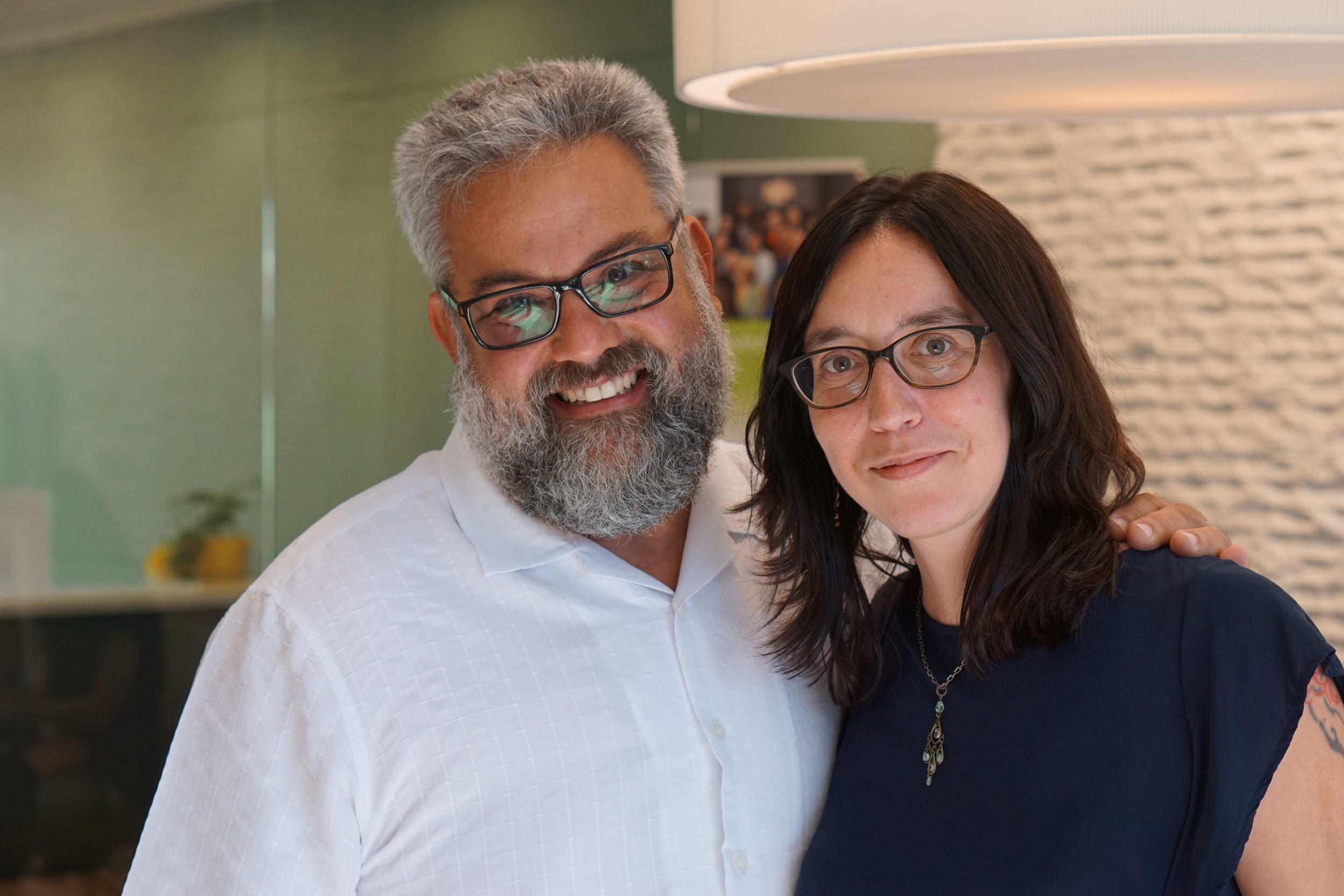
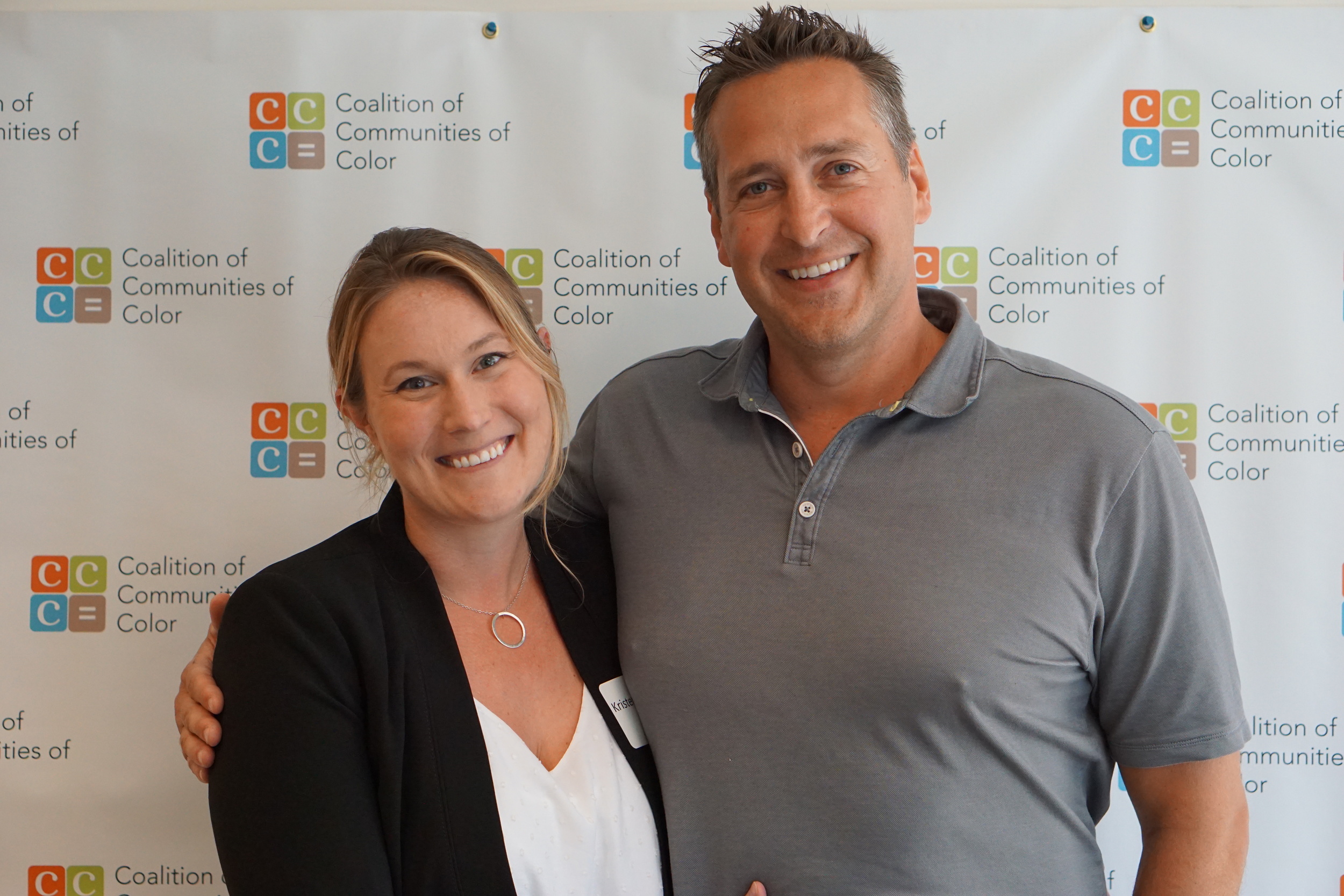
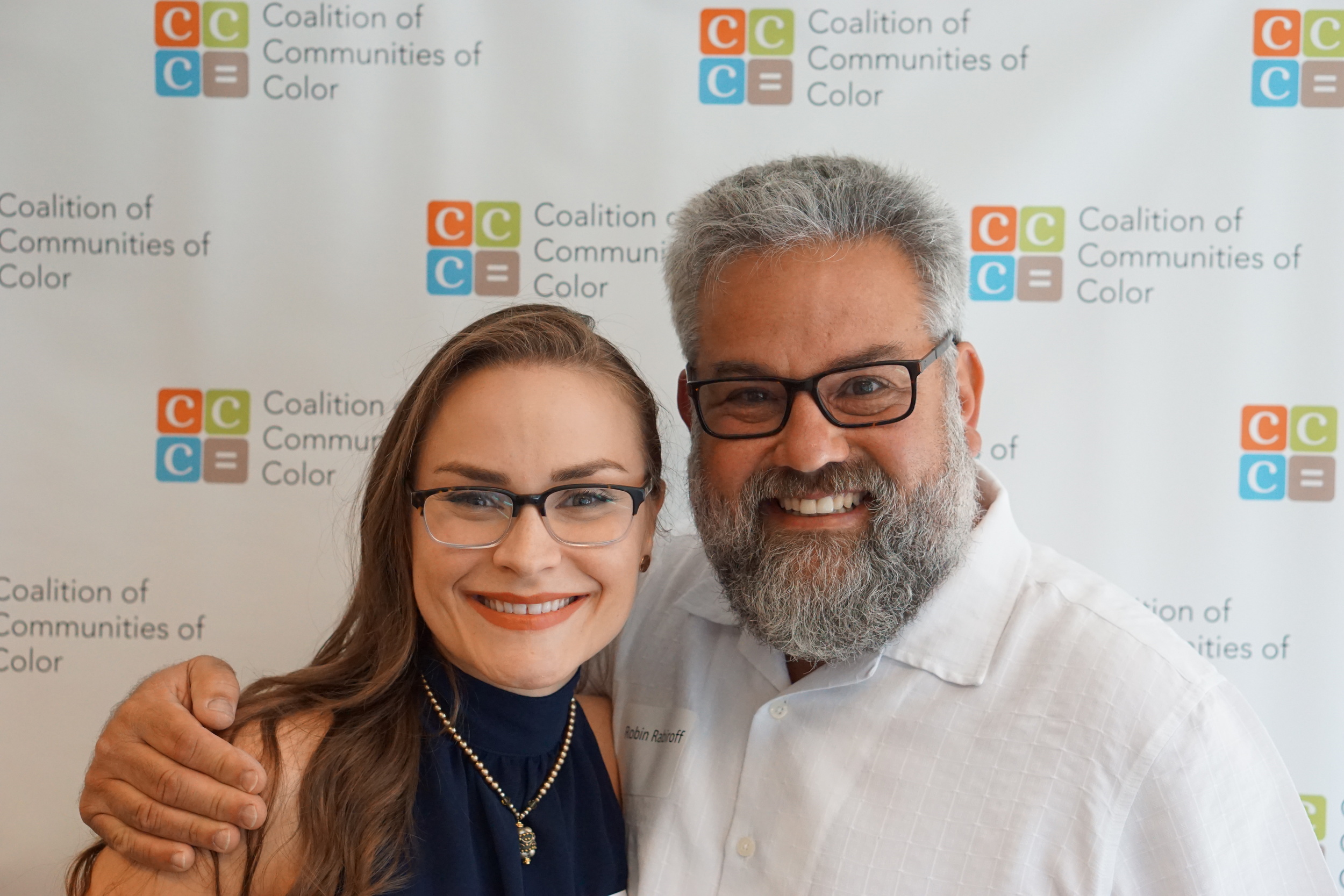
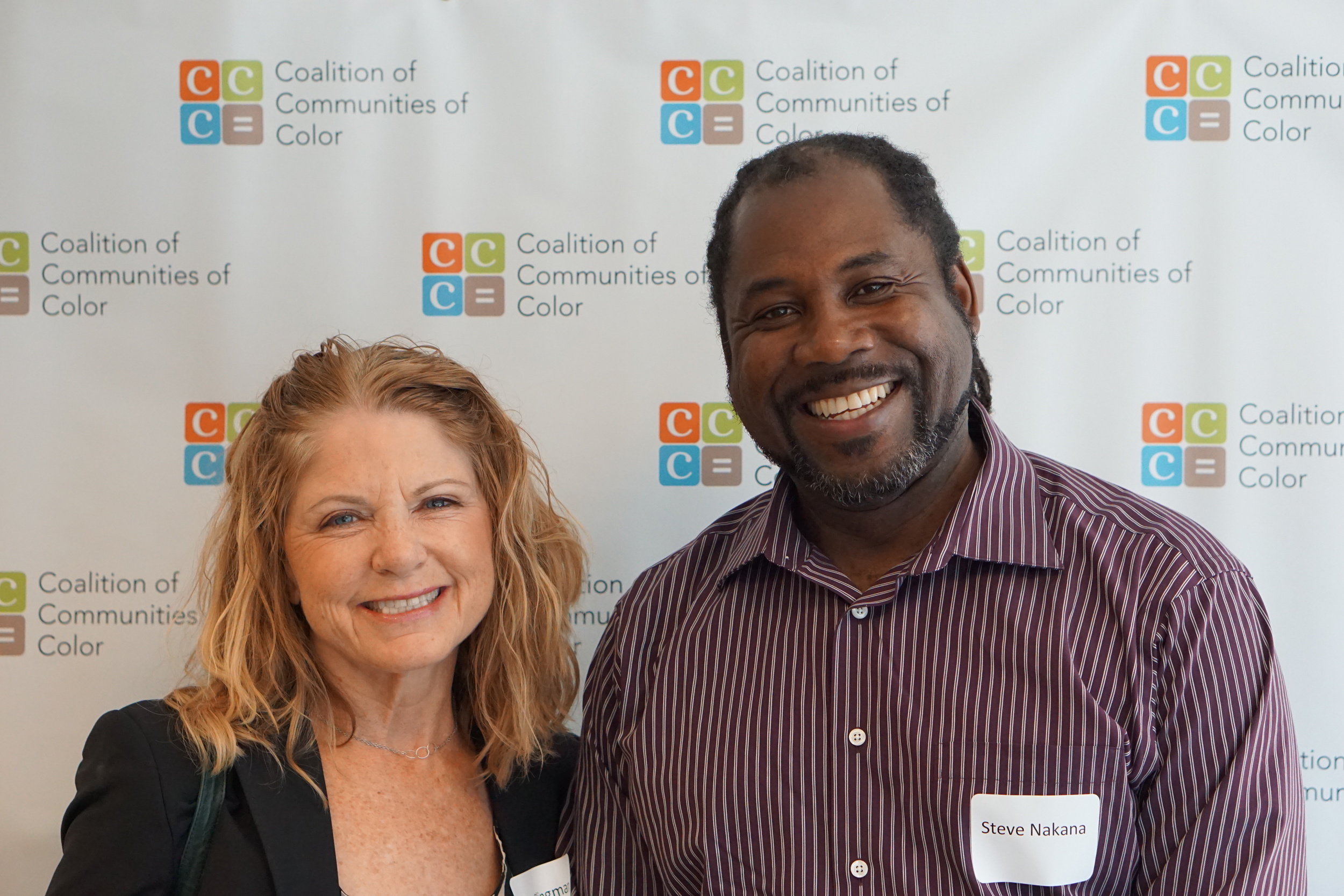
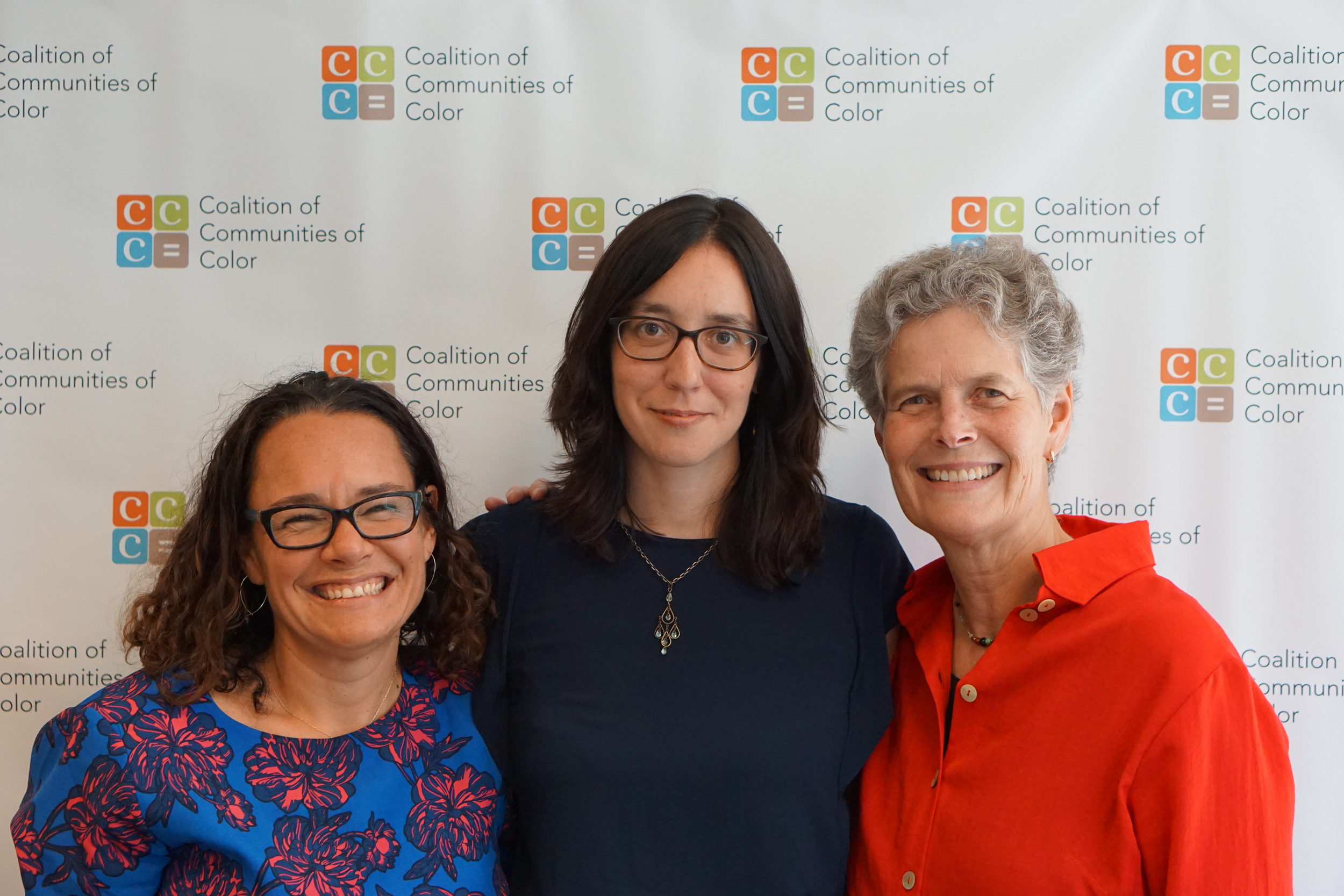
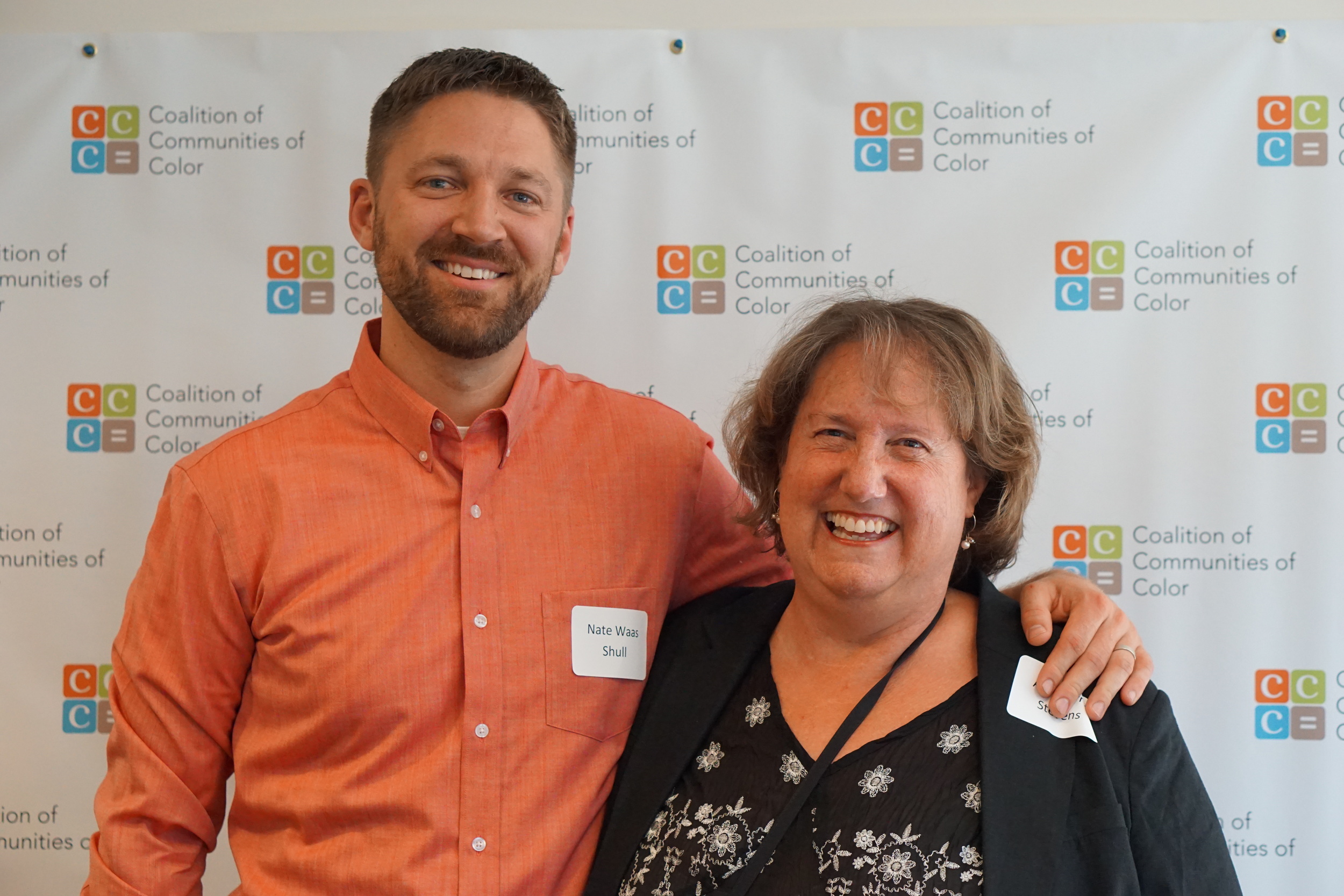
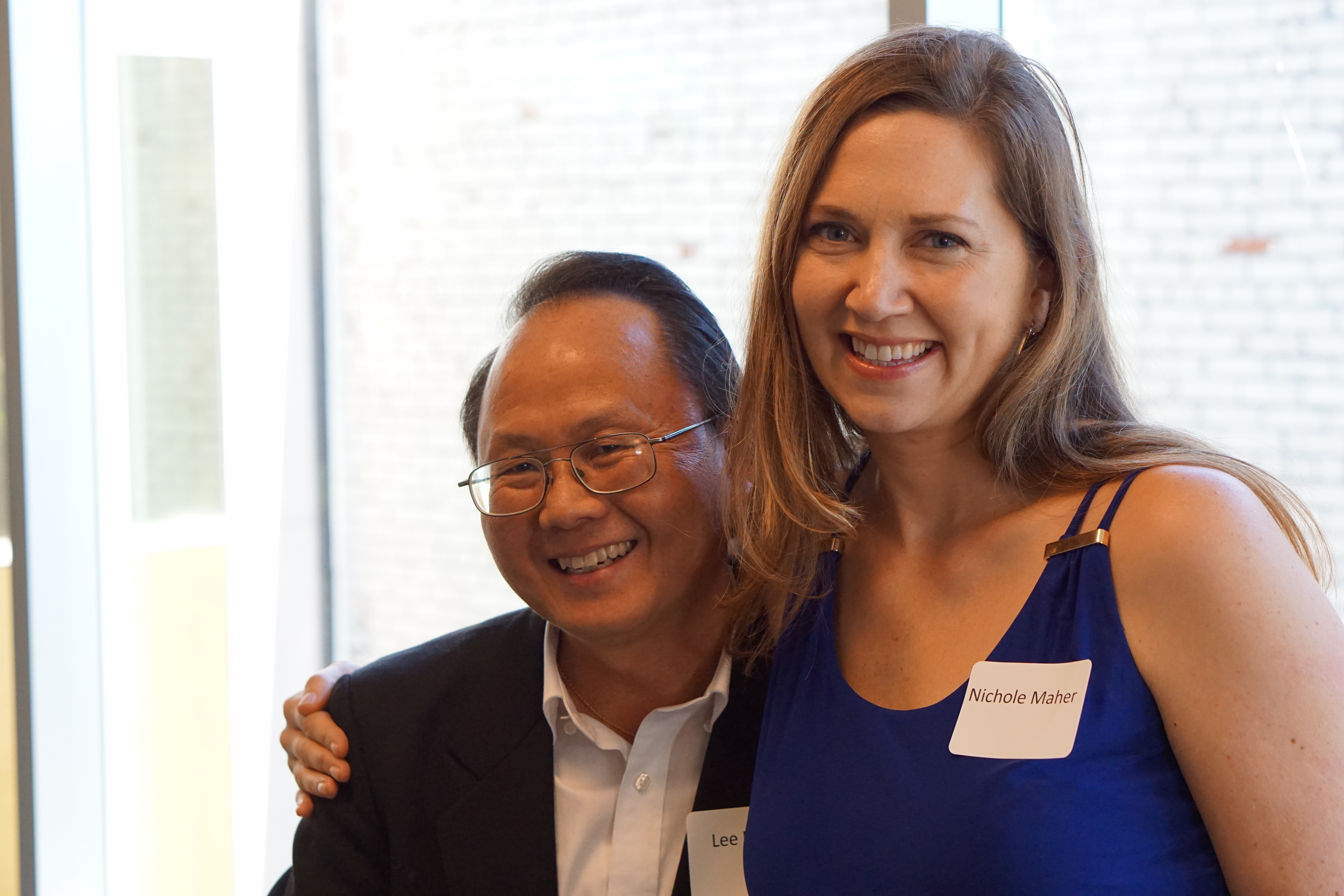


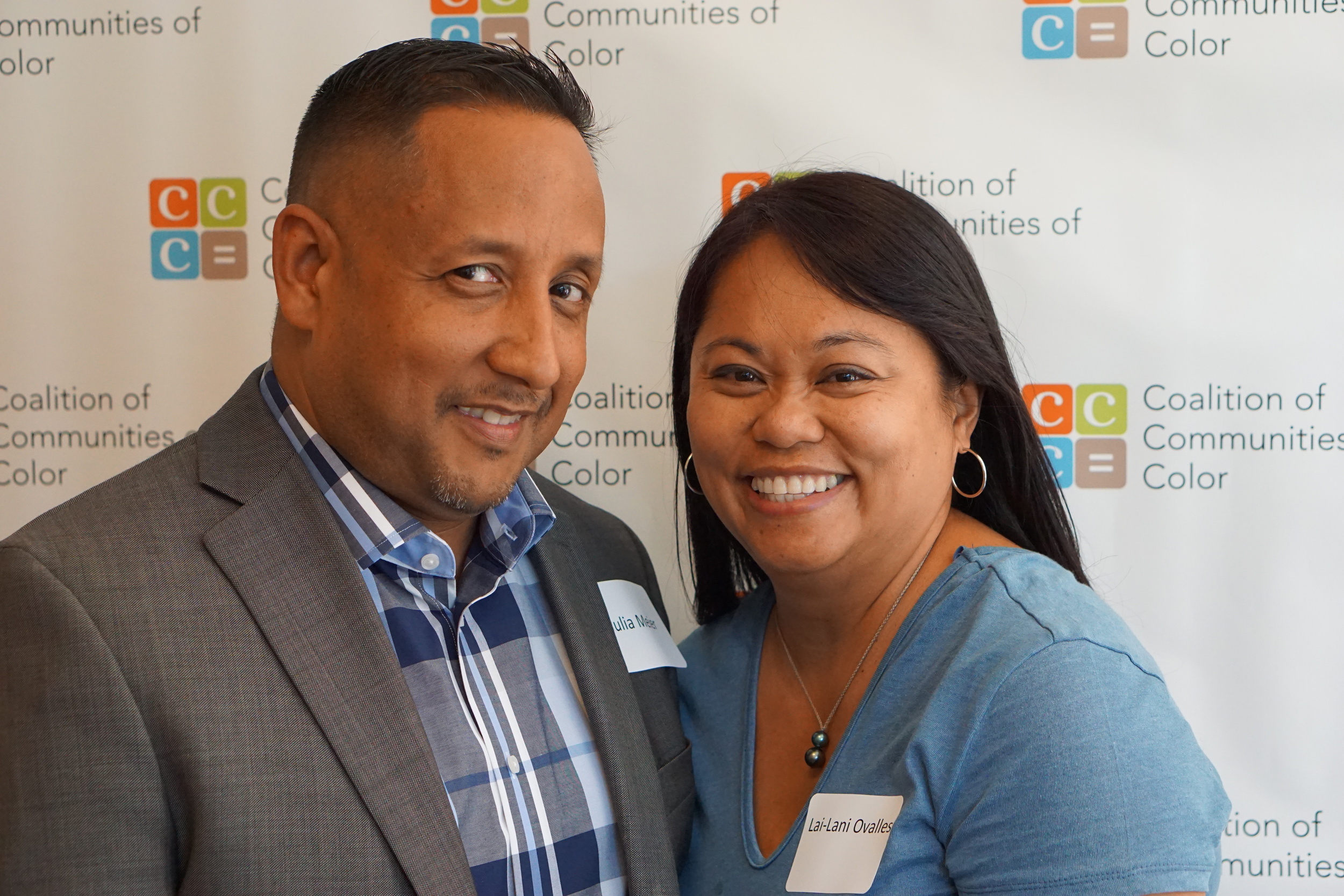


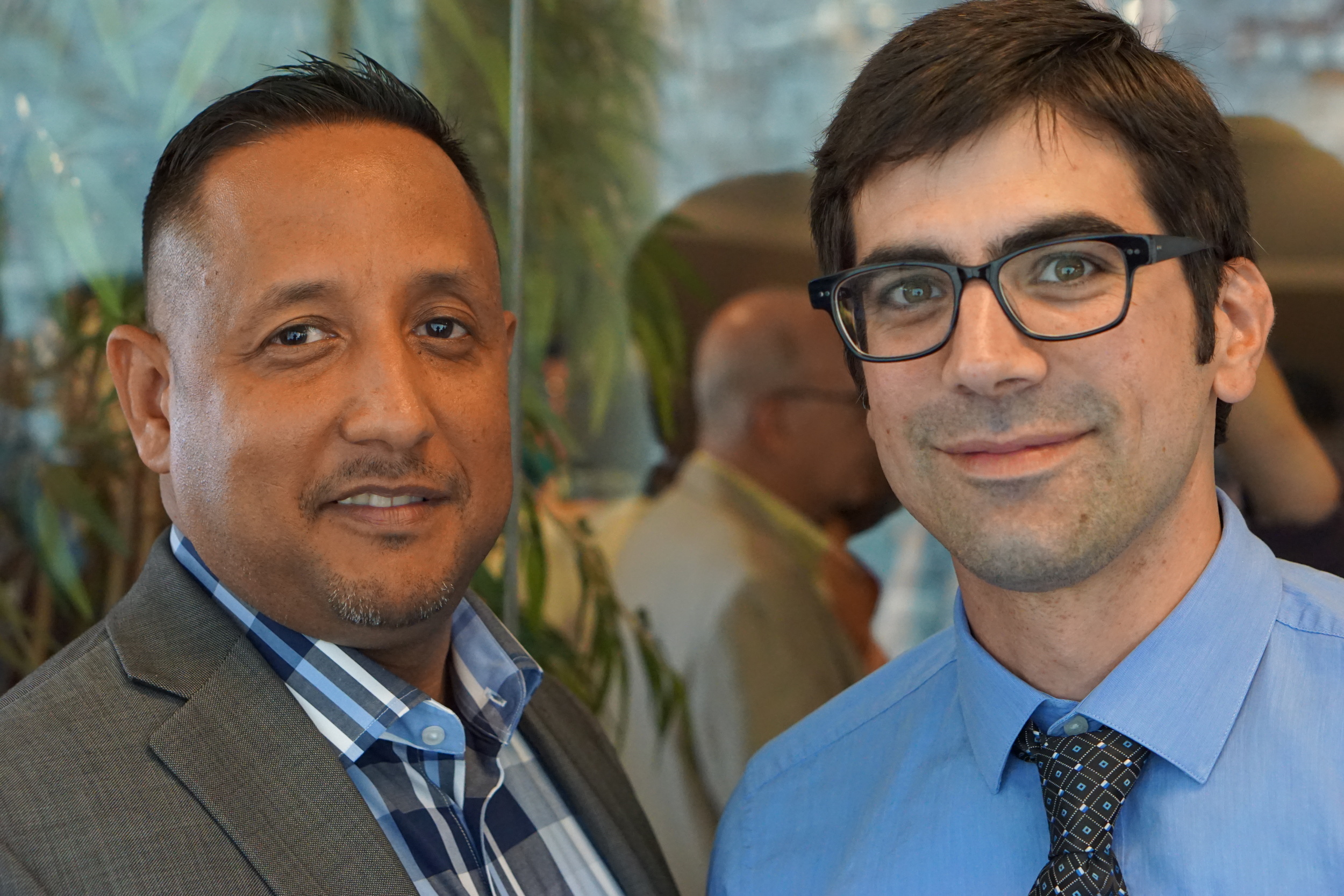



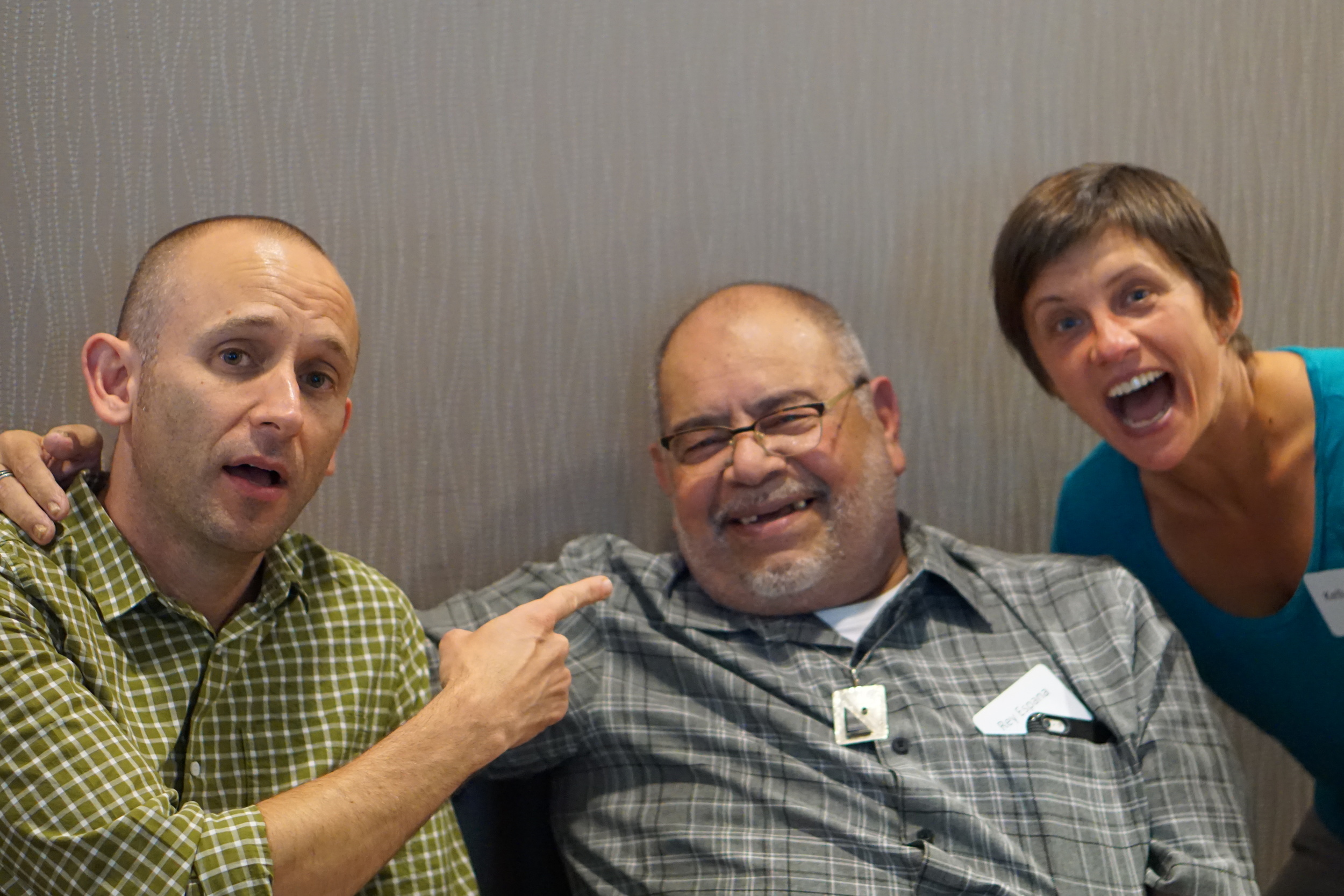


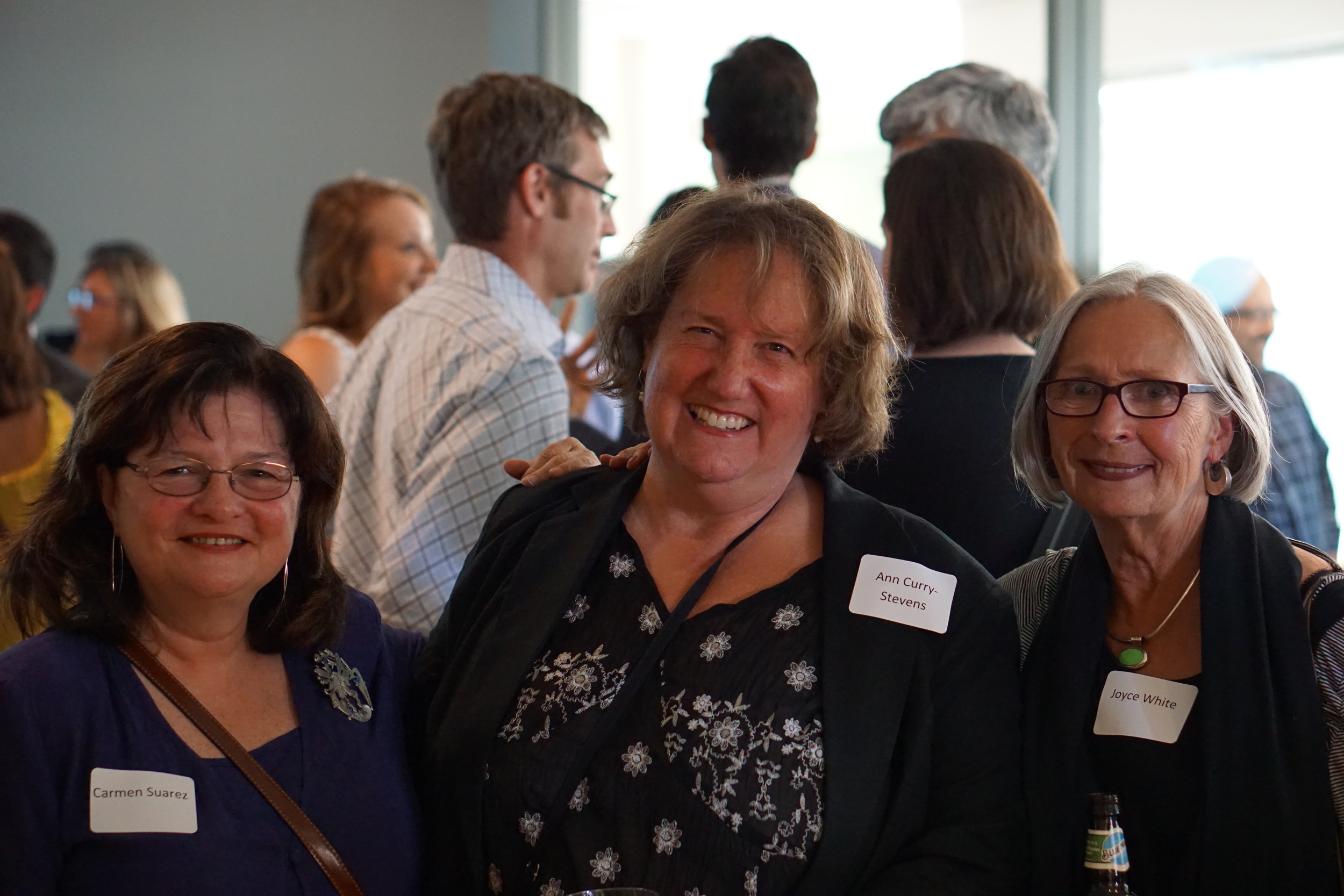

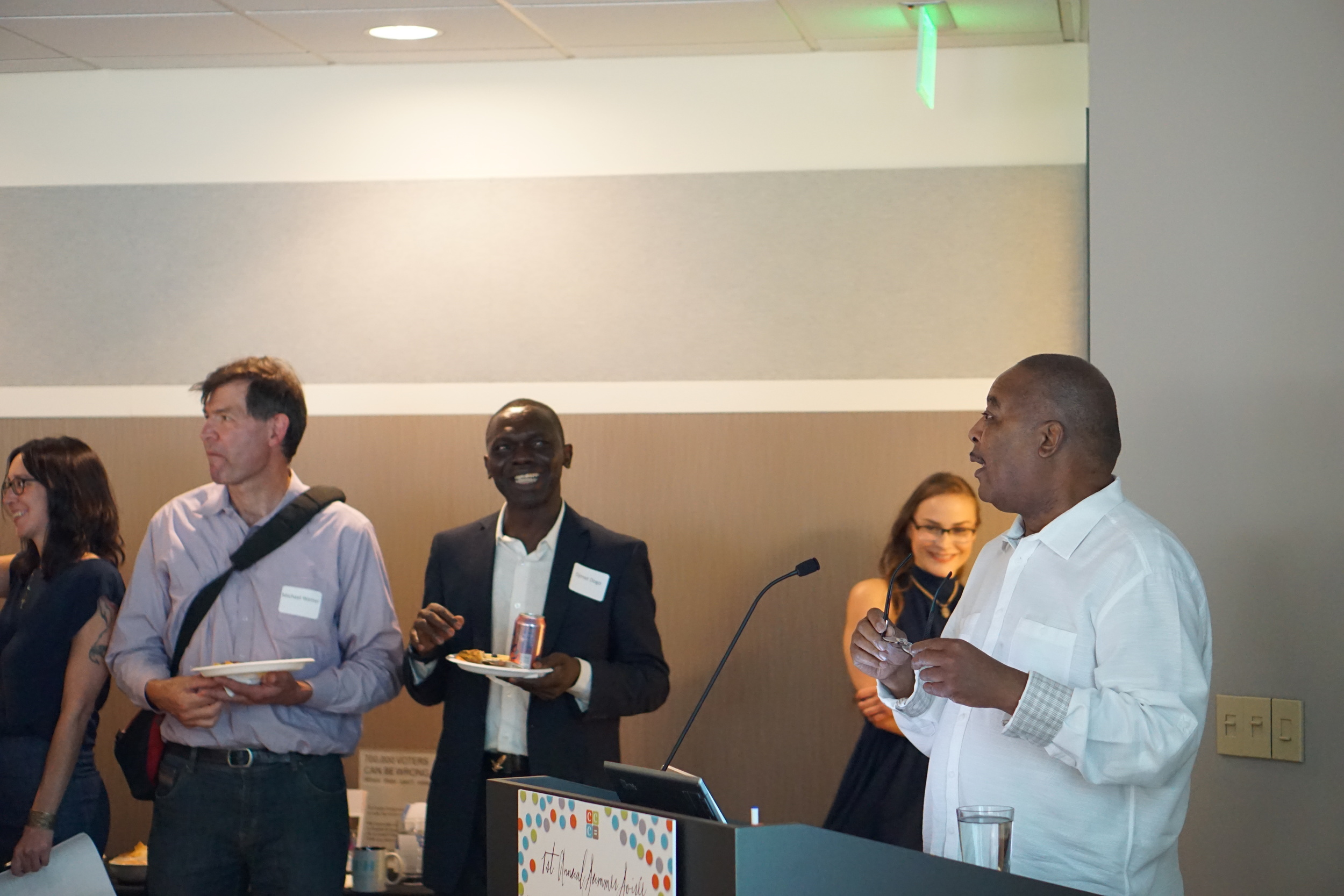
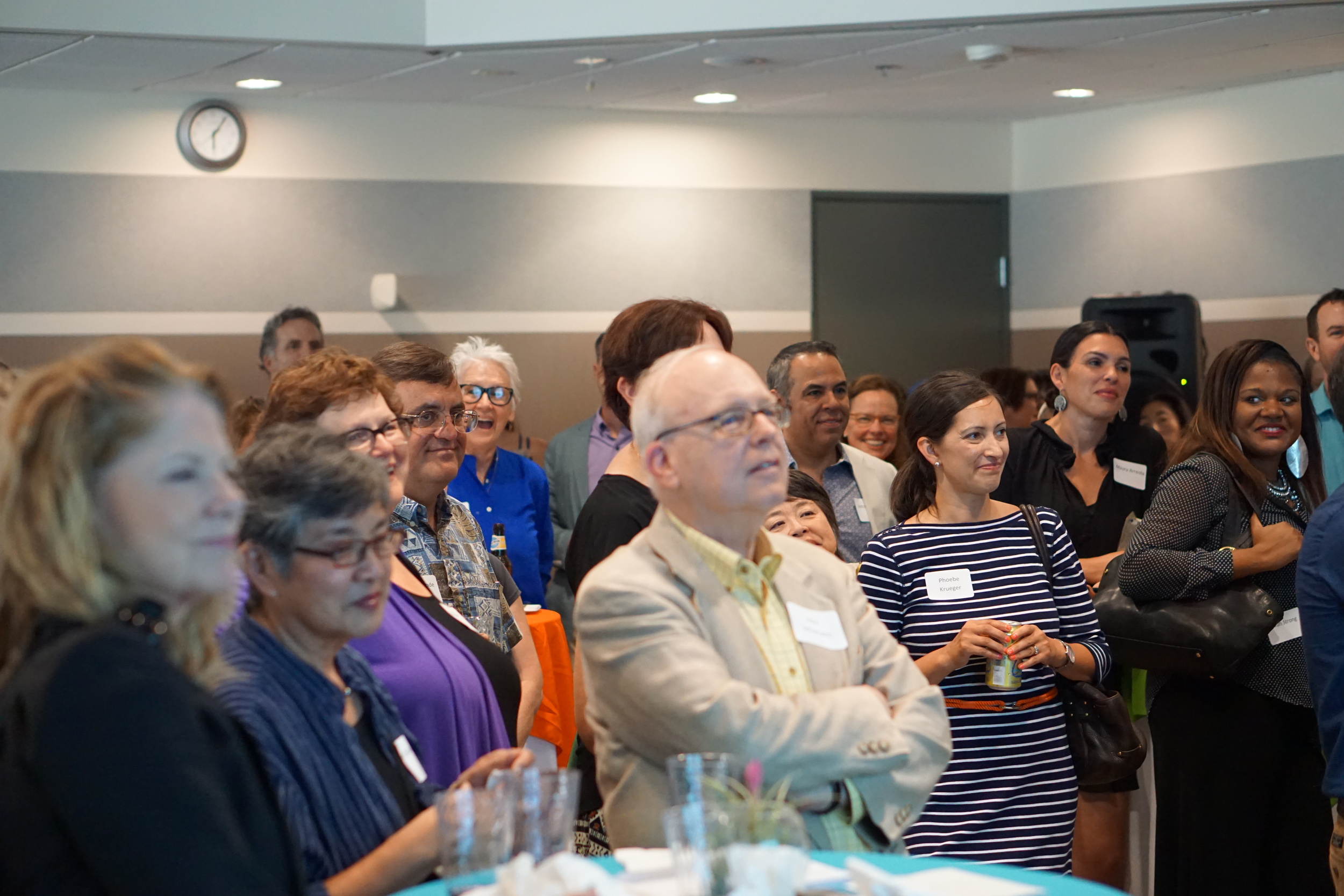
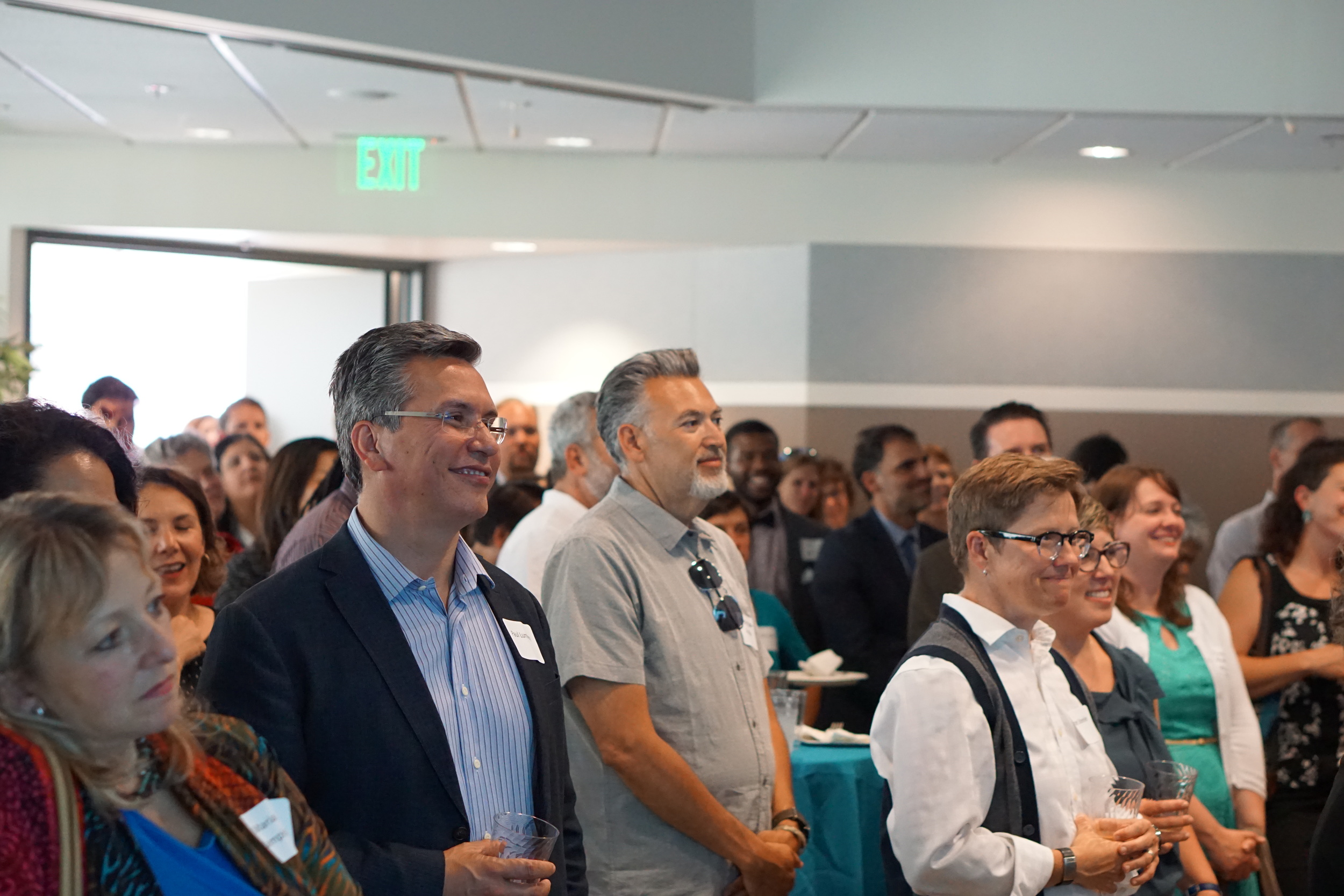
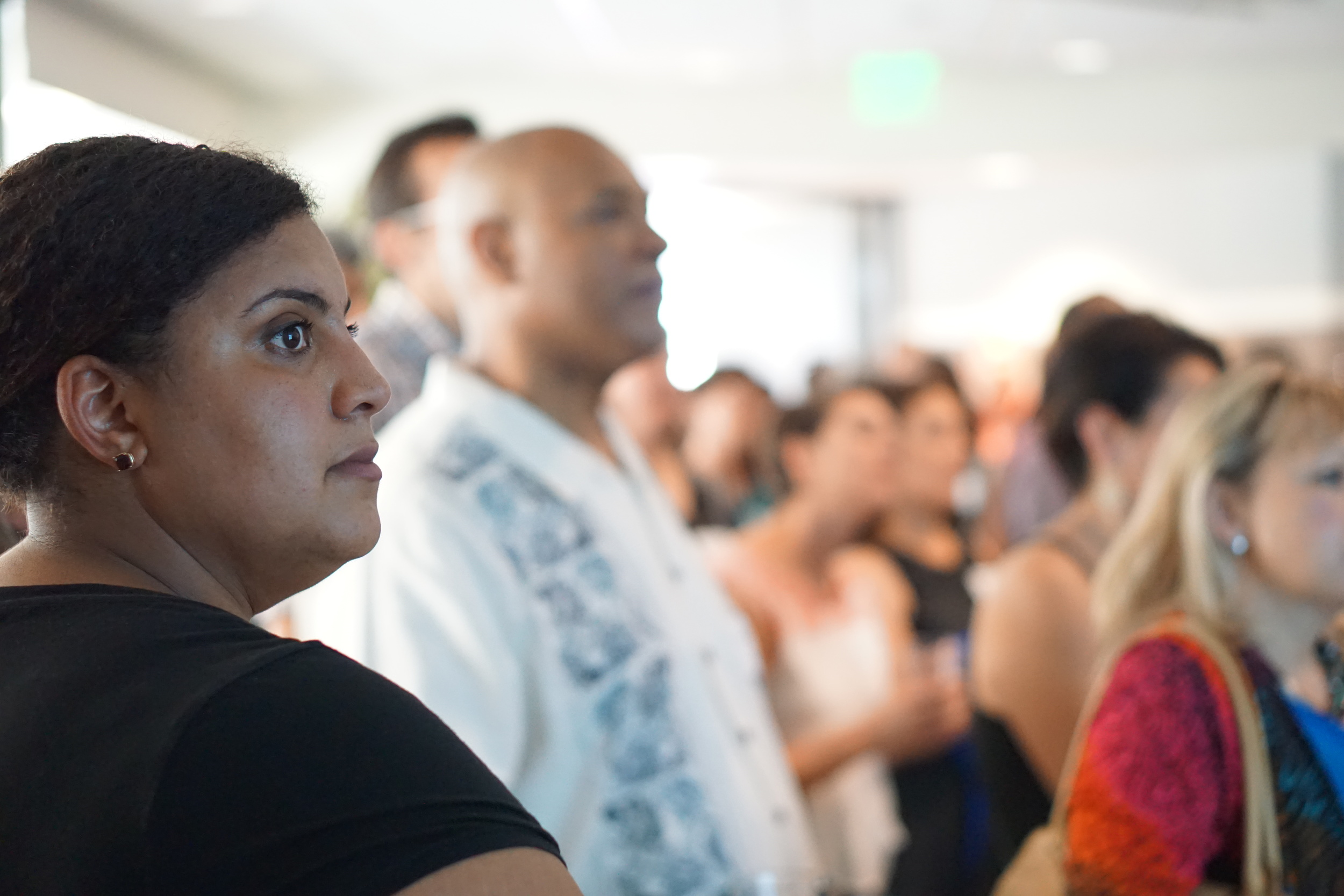
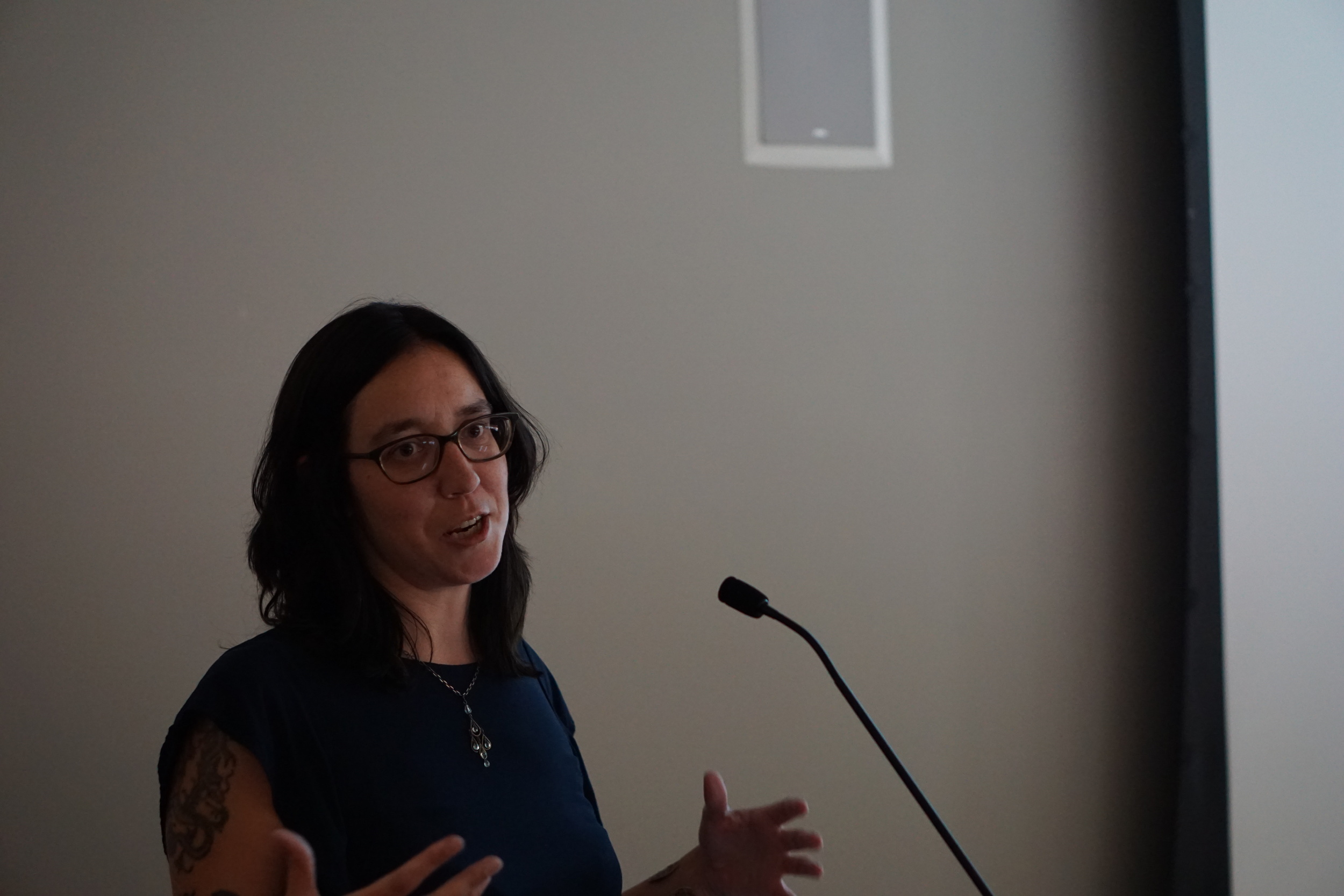
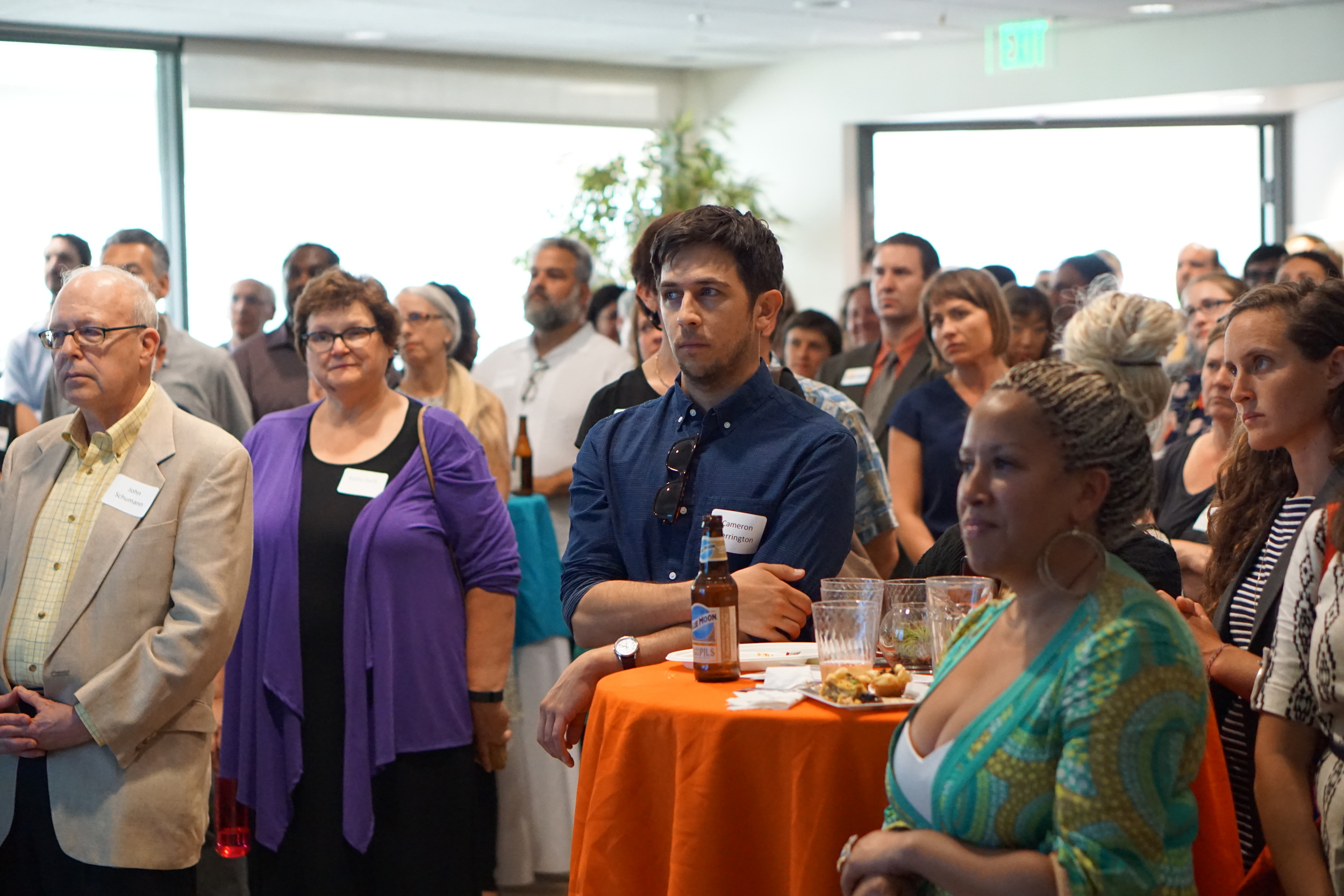

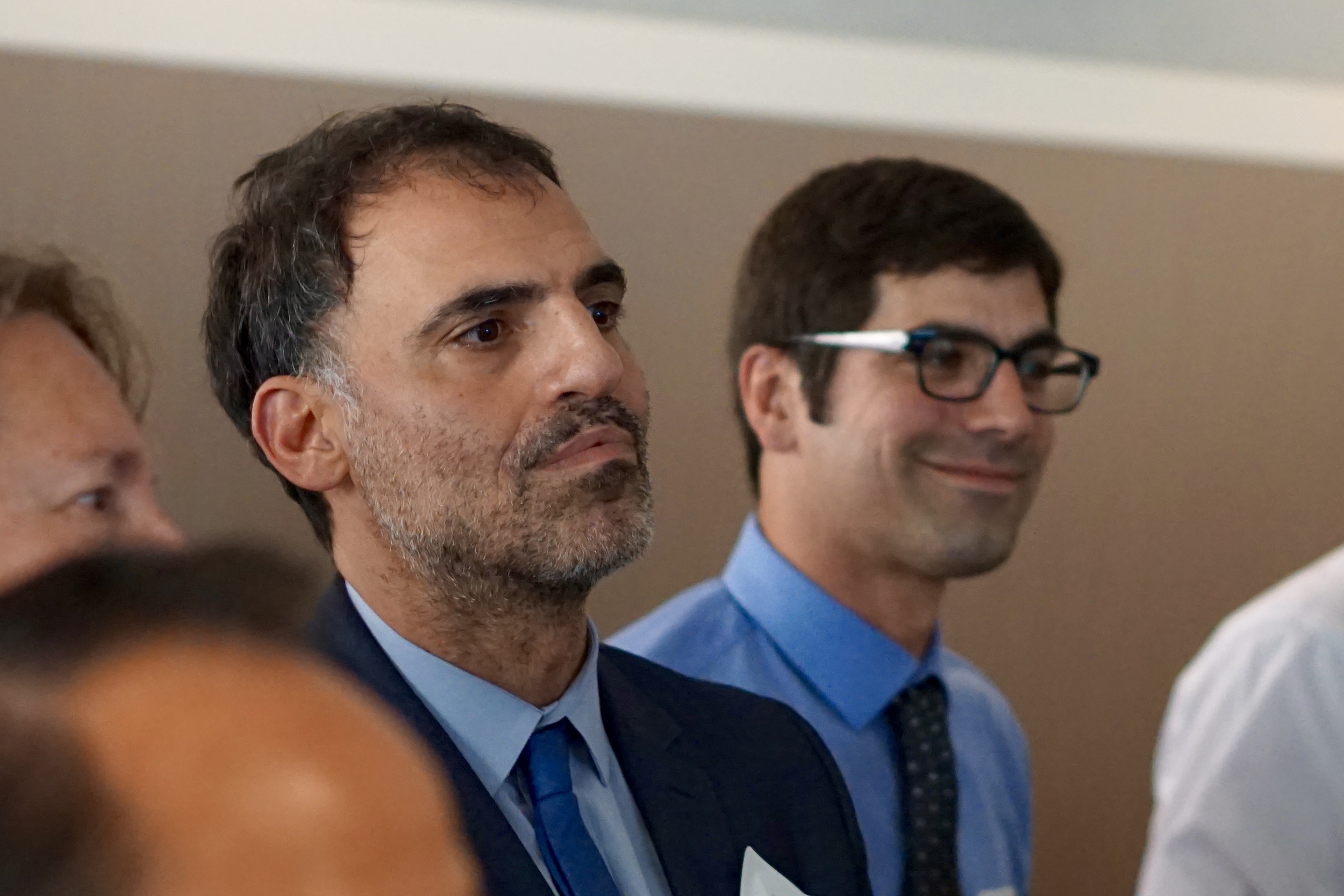

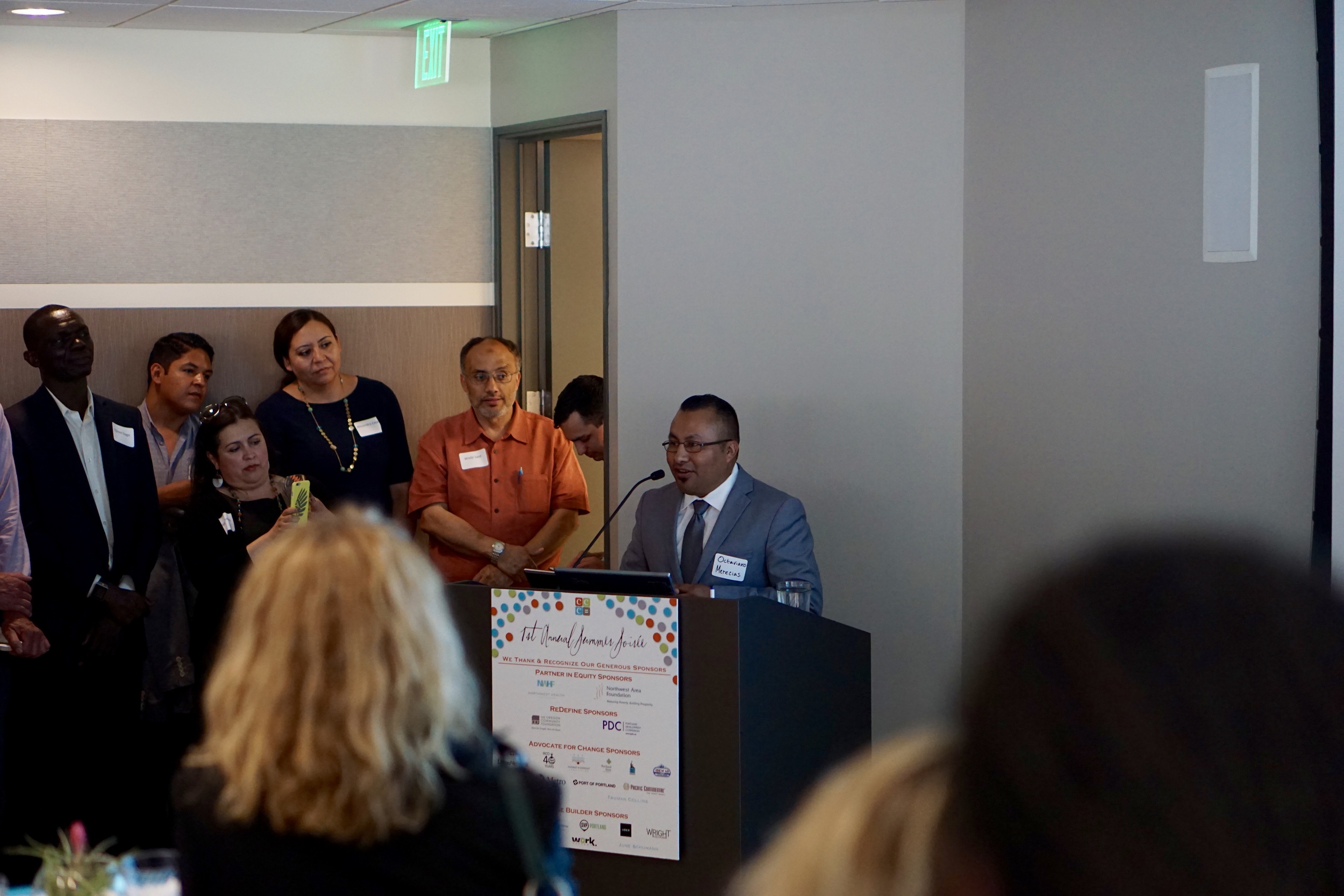
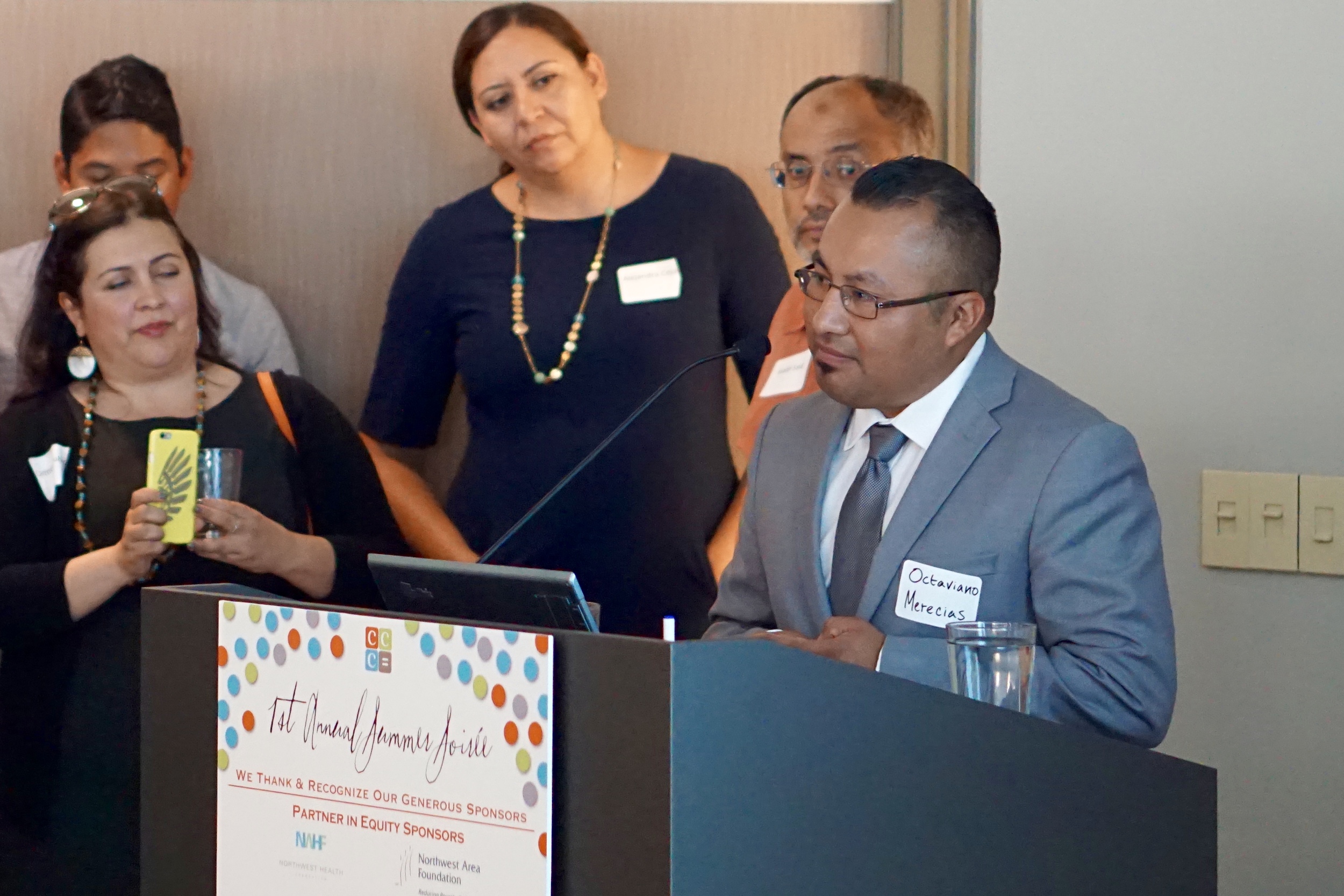

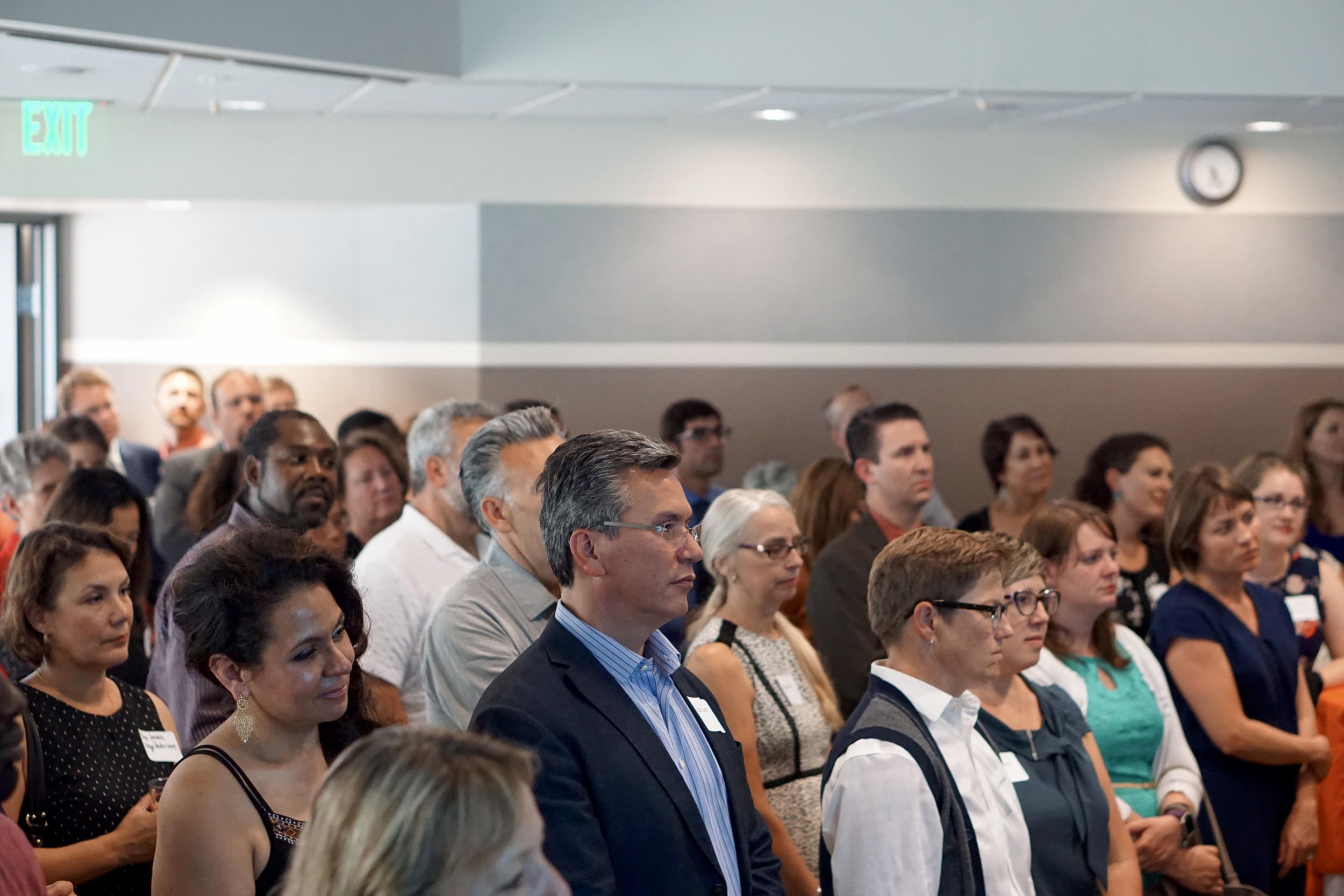




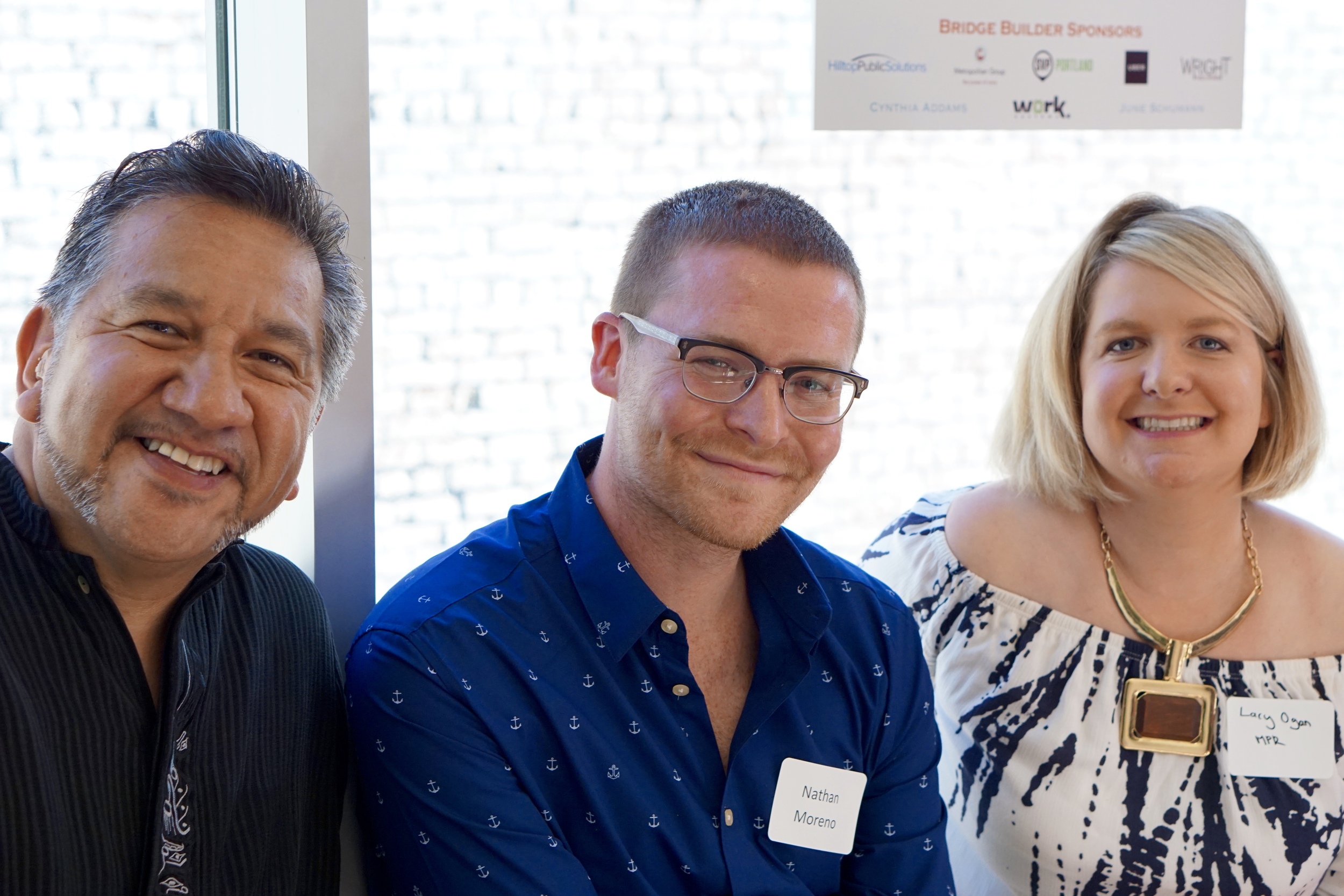


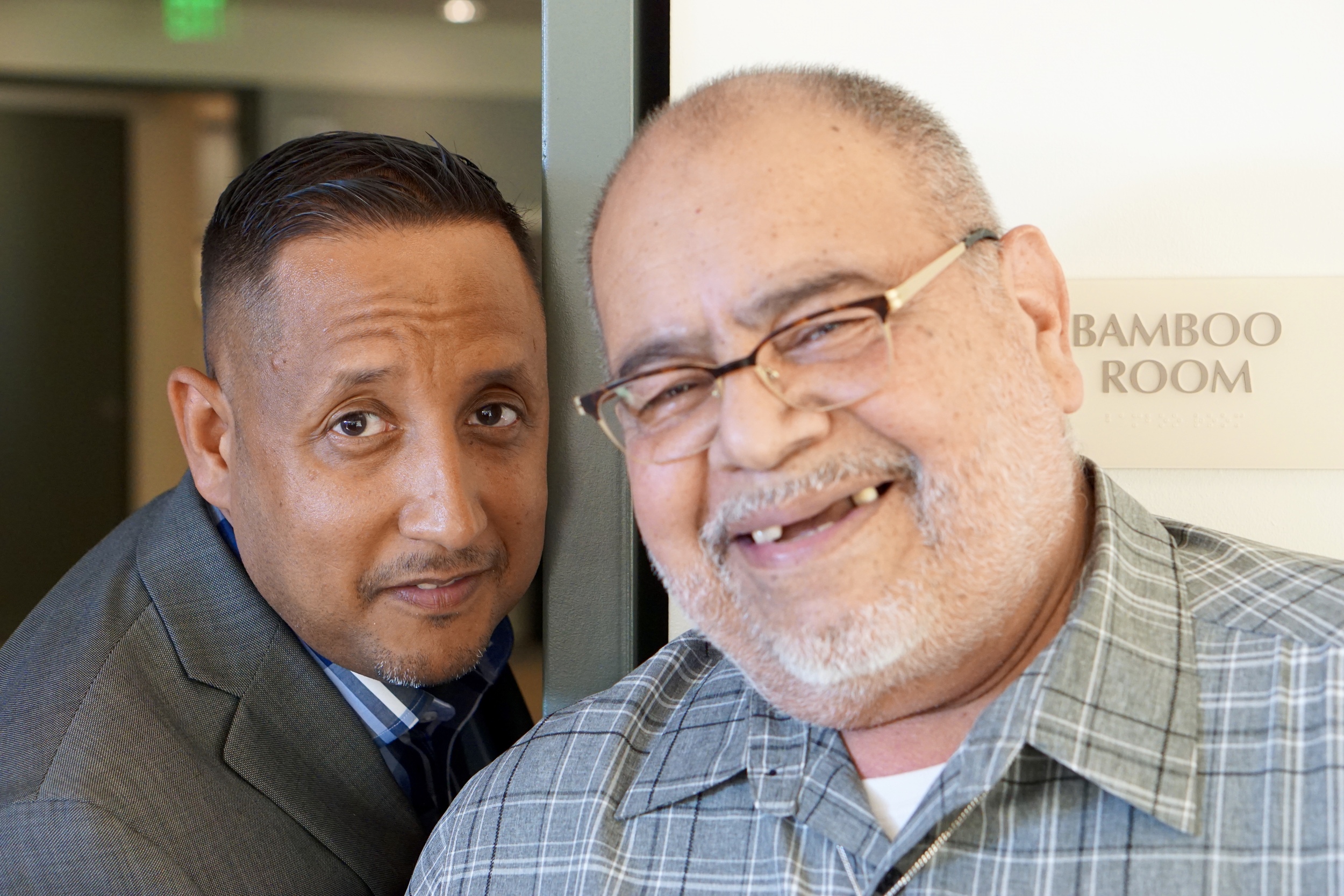


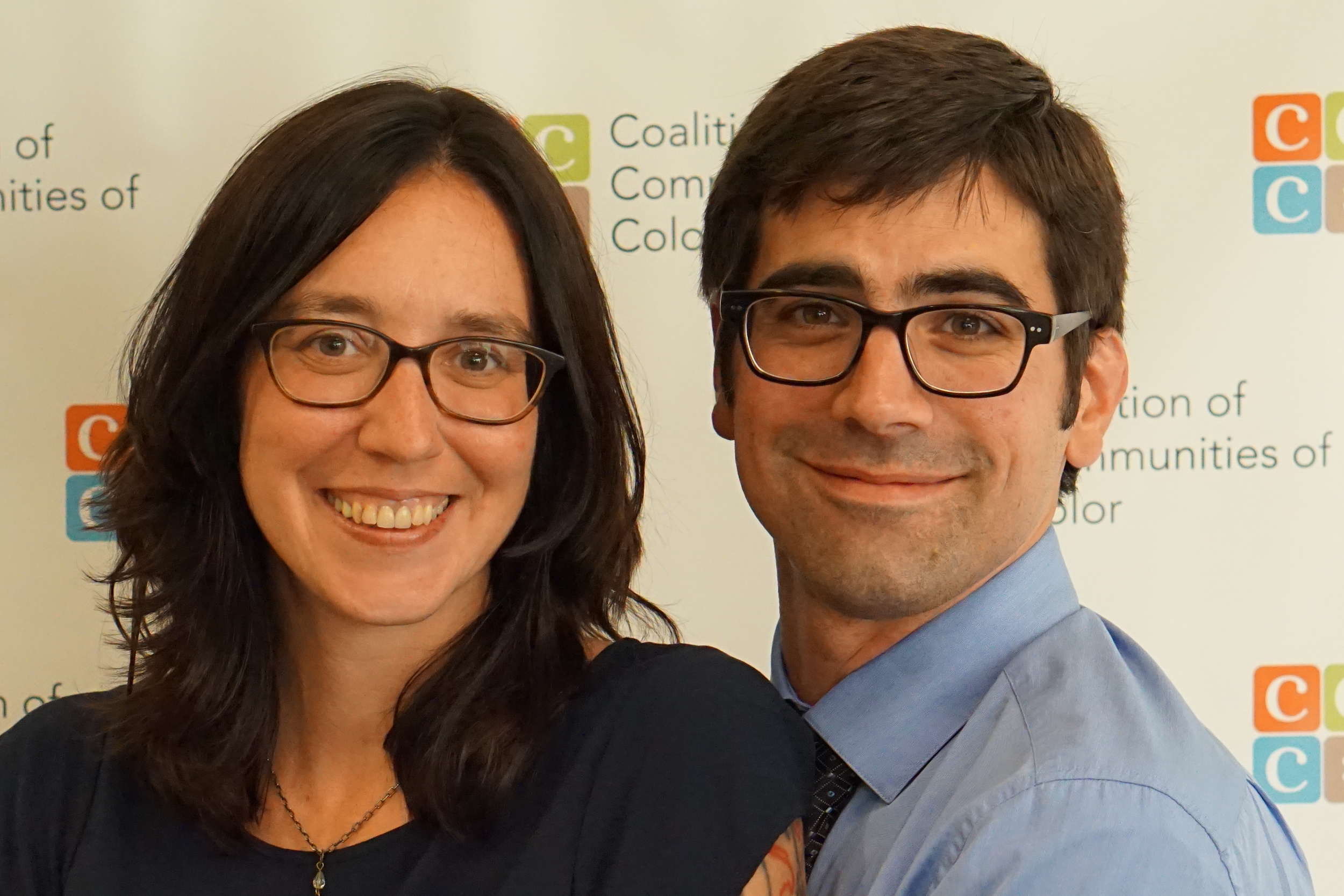
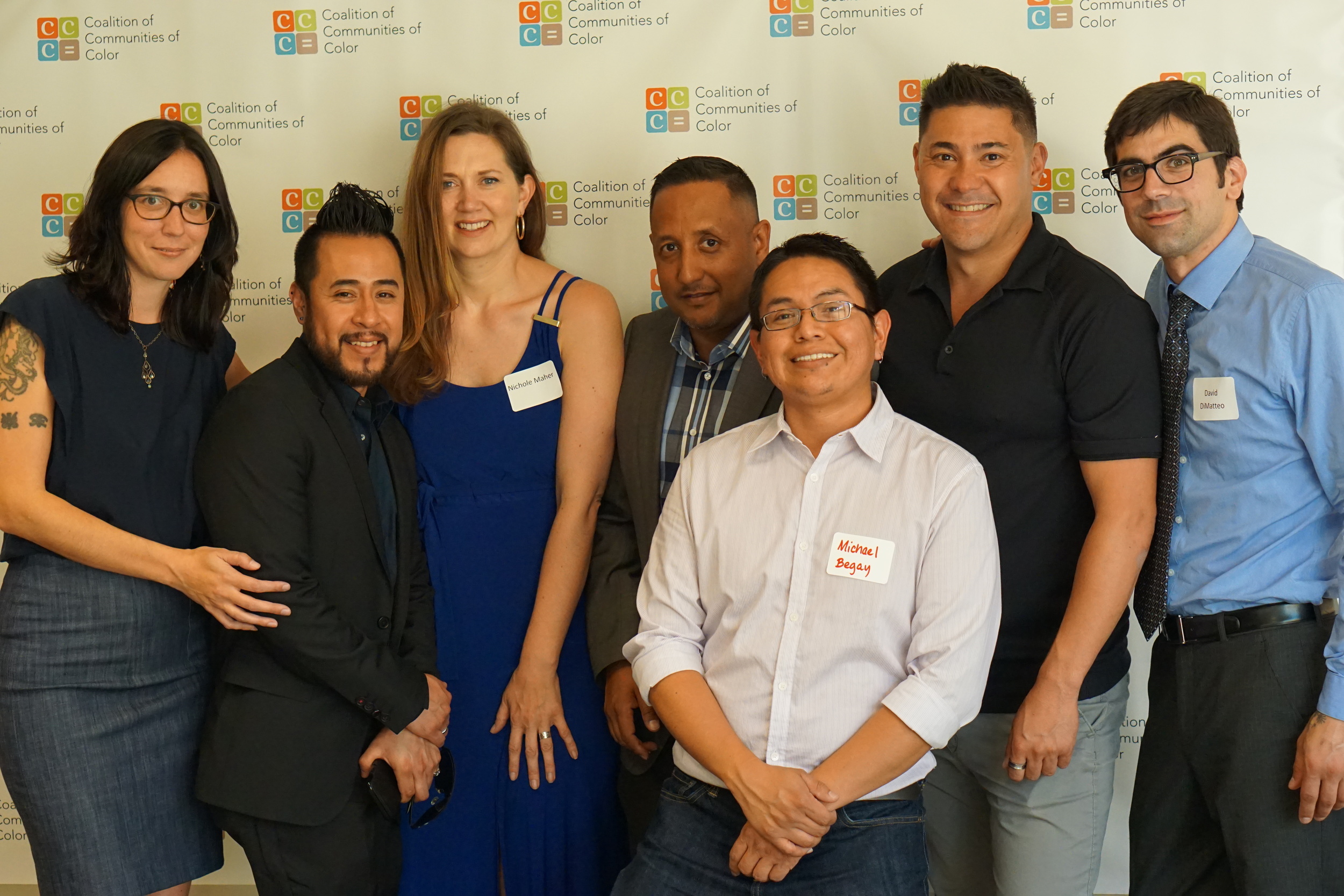
























































Members of the CCC have established this shared vision to guide our work in Redefine: The CCC’s Initiative for Climate and Environmental Justice.
We believe any environmental or climate initiative must lead with racial and economic equity, prevent harm, provide benefit, and ensure inclusive and accountable decision making. Keep reading to learn more about how we apply these principles. To see the 2016 Redefine Principles, please click here.
Tyee Khunamokwst: “Leading Together”: Cross Cultural Climate Justice Leaders—In December 2015, the Native American Youth and Family Center (NAYA), the CCC, and OPAL Environmental Justice Oregon were awarded a grant from the Kresge Foundation to implement Tyee Khunamokwst: “Leading Together”: Cross Cultural Climate Justice Leaders. Tyee Khunamokwst is our three-year climate resilience plan for the Portland metro region that articulates how communities of color can shape public processes related to climate resilience. We prioritized cross cultural climate action capacity, housing justice, transportation justice, green infrastructure and disaster resilience. Additionally, our collaborative is working with national grantees to make the case of anti-displacement as a pillar of climate resilience. To see the full and abbreviated version of the plan, please click here.
Again, members of the CCC jumped full force into 2016 short session, securing victories with Minimum Wage, Inclusionary Zoning, Coal to Clean, and more. The CCC also pushed for three main bills with partners at Renew Oregon and Living Cully related to our climate and environmental justice work. To see detailed information on the CCC's 2016 Legislative Priorities, please click here.
Clean Electricity and Coal Transition Plan—With its passage, Oregon became the first state in the nation to phase coal out of its energy grid. The legislation also doubles our use of renewables by 2040, creates a community solar program with a 10% low-income subscription target, and incentivizes additional electric vehicle infrastructure. Over the long run, given the high cost of coal infrastructure and maintenance, switching to renewables will reduce energy costs for ratepayers. Community solar allows residential and small commercial customers of Pacific Power and PGE to participate in the ownership of off-site solar projects which would be credited against their electricity bill. It also directs the PUC to ensure that at least 10% of the overall community solar program capacity be provided to low and moderate income customers.
Cully Park—Verde is transforming a 25-acre brownfield in Portland’s largest and most diverse neighborhood (Cully) into a public park. This new community asset provides opportunities for healthy eating and active living, educates youth, creates jobs and sets a template for community development of environmental infrastructure.
Healthy Climate Bill—The CCC supports a carbon pricing bill that ensures Oregon meets its statutory climate pollution reduction goals and holds major polluters accountable. Equitable climate policy means historically underserved communities are involved in decision making, are not harmed by climate change and policy solutions, and see revenues reinvested in ways that reduce disparities and create direct benefits and opportunities in our communities.
Check out Greenlining Institute’s report to see how California has reinvested carbon pricing revenue to address the priorities of low-income communities and communities of color.
And on everyone’s mind? Air toxics in Portland. Cadmium and arsenic associated with glass manufacturing were detected first around Bullseye Glass (SE) and Uroboros Glass (NE). As people of color and people with low-incomes, we have known for decades the burden of air pollution, toxics and particulate matter on our communities in Portland and globally. While no community should experience these risks, why have two “hot spots” of metals in certain neighborhoods finally drawn attention to air quality, yet the disproportionately higher risk in our communities of color and low-income communities due to diesel exhaust and other toxics have not? We are working with our partners at Beyond Toxics, CRAG Law Center, Neighbors for Clean Air, Oregon Environmental Council, OPAL Environmental Justice Oregon, and others to ensure more than spot treatment. The State of Oregon must be accountable to the health of our communities. Contact the CCC, OPAL Oregon Environmental Justice, and Neighbors for Clean Air for upcoming workshops, resources, and advocacy opportunities.
Where else can you lend your voice, experience and expertise? Through 2016 and 2017, we are poised to continue our fight in the legislature to:
Do you have a story to tell related to the health of your community? Contact Maggie Tallmadge, Environmental Justice Manager, at maggie@coalitioncommunitiescolor.org. The CCC will also develop a series of workshops on climate and environmental justice including concepts, root causes, solutions, and advocacy opportunities. Reach out and stay tuned for more details!
Over 100 leaders from the 2015-2016 Bridges programs came together on February 20th for the Second Annual Bridges Cross-Cohort Convening. Participants from the African American Leadership Academy, African Leadership Development Institute, Asian Pacific Islander Community Leadership Institute, Lead for Oregon, Slavic Leadership Development Project and Unid@s spent the day networking, building relationships and discussing cross-community issues and meaningful leadership. The convening was co-facilitated by trainers from Multnomah County’s Community Capacitation Center and alumni from each of the programs.
Member's of LEAD's current cohort
“This truly was incredible. Really, just the mere fact in bringing everyone together was and IS power in transformational change. My African & Asian brothers & sisters moved me - inspired me!” - Feb. 20th 2015-2016 Bridges Participant
“This is the first time that I have been in a room with a group/groups of people this diverse in Portland. I was able to get to know more about people, their issues, hardships, and joys.” - Feb. 20th Bridges Convening Participant
Members of UNID@S' current cohort
On behalf of the CCC and BRIDGES, we would like to thank all those individuals that supported and participated in this year's convening. More pictures will be posted in an online gallery on the CCC's website.
Our growing network of Bridges alumni will soon reach over 400 skilled community leaders! This summer the CCC will launch an online directory to honor andshowcase these individuals and their work in our communities. The directory will also act as a public resource for alumni to network with each other, for external stakeholders to view and contact leaders, and support connecting alumni with ongoing leadership opportunities in Oregon.
For more information about BRIDGES please email Jessica Lee, Leadership Development Manager, at jessica@coalitioncommunitiescolor.org.
The Coalition of Communities of Color (CCC) is launching a community-based participatory research project into the lived realities of communities of color in Washington County, Oregon. This is a collaborative project in partnership with CCC members, community-based organizations and local jurisdictions in Washington County. Since the release of our ground-breaking research on Multnomah County in 2010, the CCC has received numerous requests to conduct research in Washington County. The time is ripe to expand the CCC’s research work to document the lived realities of communities of color in Washington County. The county’s demographics are rapidly changing, primarily through increased numbers of communities of color and immigrants and refugees. Racial equity has to be a priority for the county.
This research project has three aims. First, building knowledge about communities of color in Washington County. The project will bring Washington County’s diverse communities into focus and help create awareness for less visible communities of color. Second, develop stronger relationships between communities of color in Washington County and build social capital. The project will support communities of color in Washington County by heightening leadership roles for people of color in the County and will bring additional resources into Washington County by providing the data and research needed for grant proposals and for funders to target their investments. Third, increasing the regional capacity of the CCC to be a resource to Washington County. The project will greatly increase the CCC’s network of relationships with organizations and leaders across the County.
The Washington County research project is both a testament to the CCC’s stature as a leading racial equity advocate using social justice informed research and is an opportunity to broaden the current advocacy lens to improve outcomes for communities of color in Washington County.
Today, the Latino Network of Oregon, the Coalition of Communities of Color, and Stand for Children Oregon announced their lead role as coalition sponsors for Initiative Petition 65 (IP 65). They head up a growing list of supporters like Adelante Mujeres, Benson Tech Foundation and Native American Youth and Family Center campaigning to improve Oregon’s high school graduation rate, and career and college readiness.
As the economy grows, IP 65 will target new money to Oregon’s most pressing problem—the state’s critically low graduation rate. If passed this November, it will directly fund proven high school that will increase student success. It will expand career-technical education (CTE) programs and college-credit courses, and implement proven dropout prevention strategies across Oregon.
“Oregon’s high school graduation rate is one of the lowest in the country, and last year, only 66 percent of kids of color graduated on time, a full 10 points behind white students,” said Julia Meier, executive director of the Coalition of Communities of Color. “It is time to take action to help Oregon’s students, particularly our most vulnerable students, because they cannot afford for us to wait any longer.”
Oregon’s public schools have great kids, dedicated teachers and hardworking staff, but the numbers show that our high schools are ill-equipped to serve our students, especially students of color:
Last year, over 2,500 kids of color dropped out of high school in Oregon, at rates significantly higher than their white peers, according to the Oregon Department of Education.
Only 15 percent of black students, 16 percent of Pacific Islander students, 21 percent of Hispanic students, and 22 percent of American Indian students leave community college with a certificate or degree, according to the Oregon Secretary of State's office.
However, at schools where students have access to career technical education, college-level coursework and dropout prevention programs, students of color fare far better in high school and college. For example, a report released by the Oregon Department of Education (ODE) found that CTE students are 15.5 percent more likely to graduate high school in four years than students statewide. Students of color benefit even more. The graduation rates for African American students are 24 percent higher than those of African American students statewide, 21 percent higher for Latino CTE students, and 23 percent higher for Native American CTE students.
“Students of color cannot wait around any longer for adults to do something about Oregon’s disturbing graduation rate,” says Carmen Rubio, executive director of the Latino Network. “This initiative quickly creates opportunities that will support students in succeeding in high school and college. We are proud to call ourselves a coalition partner.”
###
Saturday, August 29th will mark ten years since Hurricane Katrina. Its devastation highlights painful histories and issues of racial injustice and inequity in this country—policies, planning and investment that are not entirely unique to New Orleans.
Katrina also shone a bright light on segregation, disparities in physical and economic mobility, as well as inequitable emergency response and climate policies. And, it showed us how a natural disaster can increase gentrification and displacement.
We know that climate change makes things worse for low-income communities of color, that it exacerbates existing inequities and reinforces systemic racism. In the case of New Orleans, not only were low-income communities of color the hardest hit, but inequitable planning and investment dramatically changed the demographics of the City. Both African Americans and Whites left New Orleans, but many fewer African Americans had the resources to return. There are nearly 100,000 fewer African Americans in New Orleans after Hurricane Katrina—an exodus of 8%. The share of whites, on the other hand, increased from 26.6% to 31%.[1] Not only has this exodus clearly contributed to family and community instability, but also has had impacts on the City’s cultural diversity, political representation, and economic opportunities.
Portland’s communities, too, experiencing clear disparities in economic wealth and public investment, are susceptible to impacts of climate change including droughts, floods, and forest fires. Slower but real emergencies—lack of affordable housing, poor access to healthy or culturally significant foods, or increased exposure to dangerous air quality and toxins—will only accelerate with climate inaction and business and planning as usual.
It is vital we push for change now, because of climate change, because more powerful storms are predicted, and because the painful effects of Katrina are still alive. We must act on climate, push for equitable investment, and design policies and planning around those most impacted—low-income communities of color.
Featured in Street Roots: http://news.streetroots.org/2015/08/29/hurricane-katrina-remembering-and-acting-climate-and-racial-justice
[1] Shrinath, N., Mack V. & Plyer A. (2014). Who Lives in New Orleans and Metro Parishes Now? Data Center Research? Louisiana: The Data Center. http://www.datacenterresearch.org/data-resources/who-lives-in-new-orleans-now/
Slavic Network of Oregon was founded over ten years by leaders within the Slavic community. Since its inception, Slavic Network has played a critical role in Portland's Slavic community by providing culturally-responsive programs that meet the unique needs of Slavic seniors, parents, and children.
Most recently, the Slavic Network of Oregon has focused its efforts on developing relationships with religious Slavic organizations. As a result of the intentional outreach efforts, the Slavic Network was able to provide annual programmatic support to 2,000 Slavic community members through trainings, support, and encouragement.
As a grassroots community-driven organization, the Slavic Network of Oregon leverages the leadership and experience of the Slavic Advisory Committee (SAC), a team of Slavic community leaders with a vested interest in the Slavic community. The SAC team strategically surveys their respective community to identify community needs and develop culturally responsive solutions that meet the needs of their community. The SAC also organizes trainings and workshops for the community. As result of the Slavic Network's long-standing presence in the community and strategic partnerships with the religious organizations, the average audience for the trainings are about 300 people.
Ultimately, the Slavic Network's community engagement efforts with community leaders and organizations has improved the quality of life for Slavic people in Oregon.
Governor Kate Brown signing into law HB3499 with students and members from communities of color. (Photo: Gordon Friedman / STATESMAN JOURNAL)
This legislative session, Governor Kate Brown signed into law HB 3499, a comprehensive approach to improve outcomes for Oregon’s English Language Learners (ELL) by increasing transparency, accountability, and systemic supports for schools, educators, and students. Currently, only 49% of ELL students graduate from high school and for many years, communities of color throughout the state have struggled with these detrimental educational outcomes. Leaders from communities of color knew we could do better, and with HB3499, our communities have the ability to turn this crisis into an opportunity for students throughout Oregon. HB3499 will ensure that ELL resources are focused on delivering quality ELL programming to our most vulnerable students and resetting the status quo of using these critical resources to fill shortfalls in school budgets.
The CCC, our members, and our community partners were instrumental in all leading facets of this groundbreaking legislation – from research on best practices for ELL students, to compiling statewide data on ELL outcomes, to drafting the bill, and to building a broad base of support with communities of color throughout the state. The CCC appreciates the leadership of Asian Pacific American Network of Oregon (APANO); Center for Inter-Cultural Organizing (CIO); as well as our advocacy our partners at Stand for Children and Northwest Health Foundation.
“With out the advocacy and united voice of leaders from a the Coalition of Communities of Color and Stand for Children this groundbreaking law would never have been passed.” - Nichole Maher, President and CEO of Northwest Health Foundation
In addition to community leadership on HB3499, the Department of Education and the Governor’s Office provided leadership in convening all stakeholders to have facilitated dialogue about the impact of this legislation leading up to the session.
HB3499, which was sponsored and championed by Representative Joe Gallegos, passed with unanimous support from both the house and the senate. If you have any questions or need any more information, please feel free to contact the CCC.
We’ve ended the 2015 legislative session, we’re midway into the summer, and CCC’s Community Economic Development Program (CED) is heating up!
Already, CCC completed a CED environmental education series, which provides an opportunity to set a CCC wide vision of the environment, displacement and gentrification.
In addition to ongoing organizational and coalition work, we are continuing efforts on a collective agenda to address displacement and gentrification, uplifting the voices of those most impacted by gentrification and displacement and respecting our culturally-specific histories, experiences and approaches.
Members are scaling existing community engagement processes, environmental initiatives, and climate justice work to a regional and statewide level.
We have joined Renew Oregon, a statewide campaign to pass climate policy, advocating for legislation that will (1) drive significant carbon and pollution emissions reductions, (2) mitigate the negative impact of climate change and climate policies on communities of color, and (3) provide opportunities and reinvestment for communities of color.
Finally, CCC members, NAYA and OPAL are completing robust climate resiliency planning to ensure our communities are prepared for the impact of climate change on intersecting priorities such as meaningful participatory planning, transportation, housing, public health, and economic opportunity. Look at CCC and collaborative work on climate action here.
Please contact Maggie Tallmadge, Environmental Justice Manager, at maggie@coalitioncommunitiescolor.org with any with related initiatives, efforts and events!